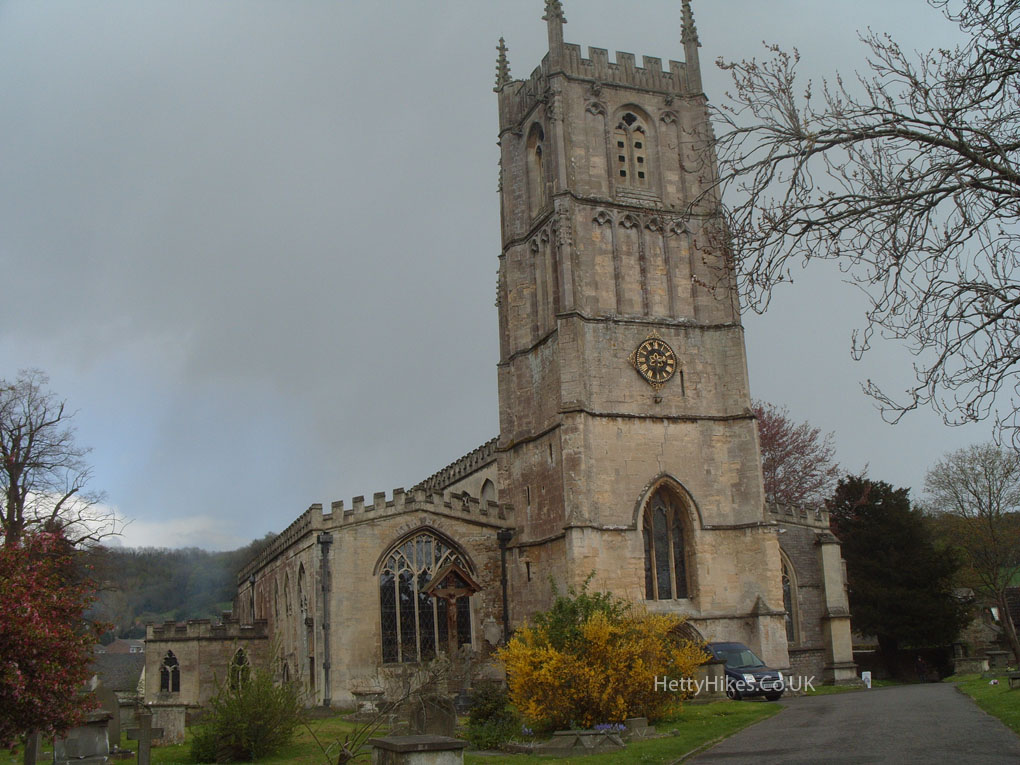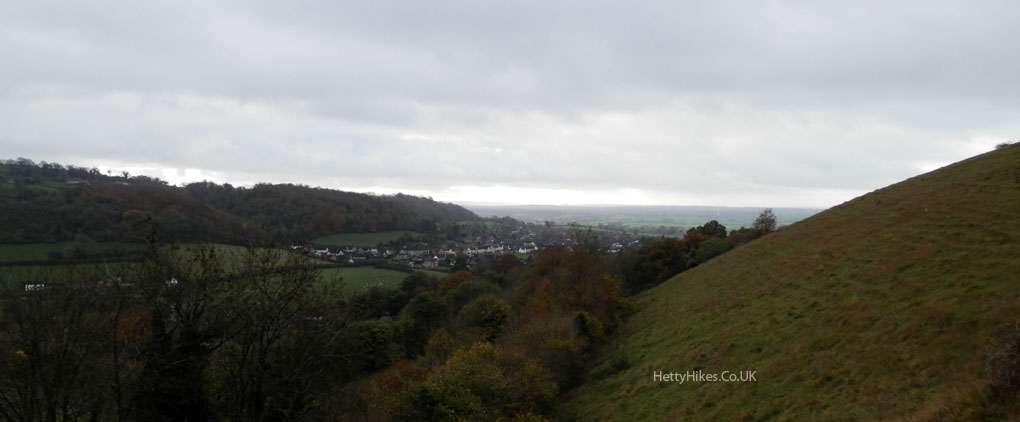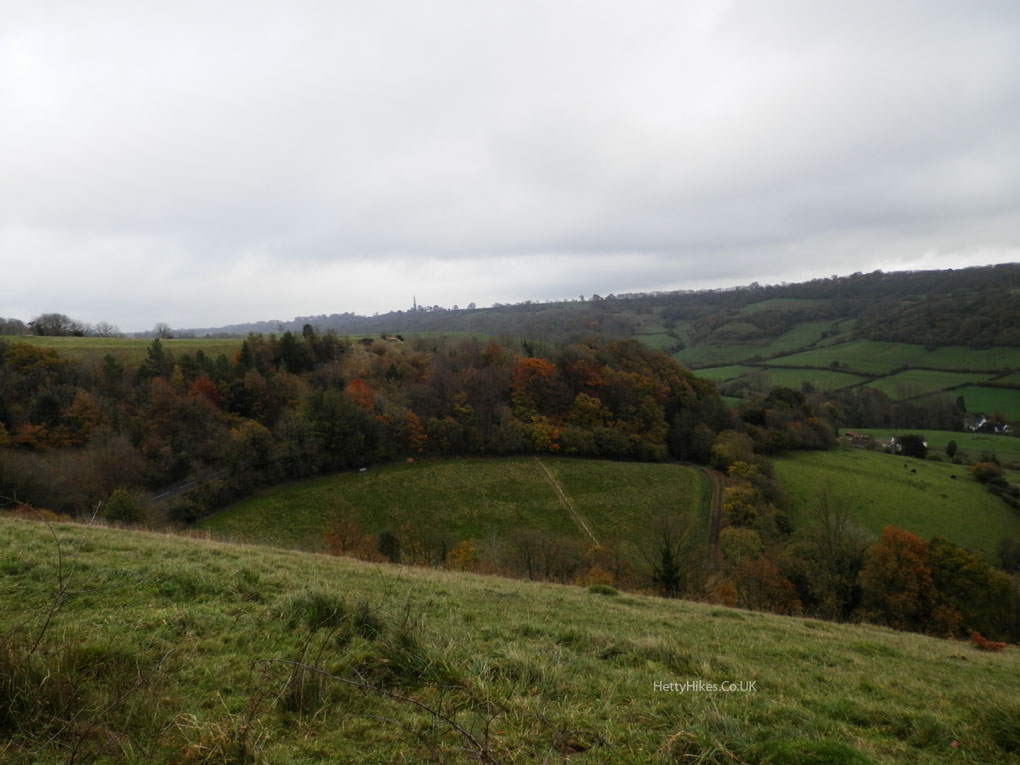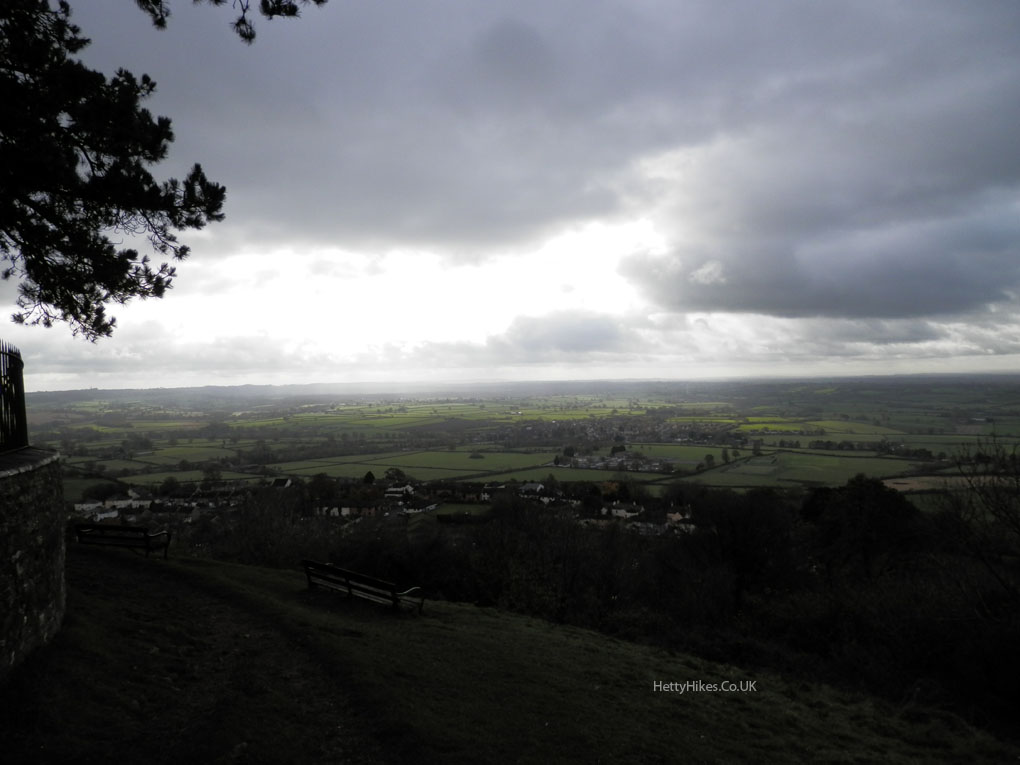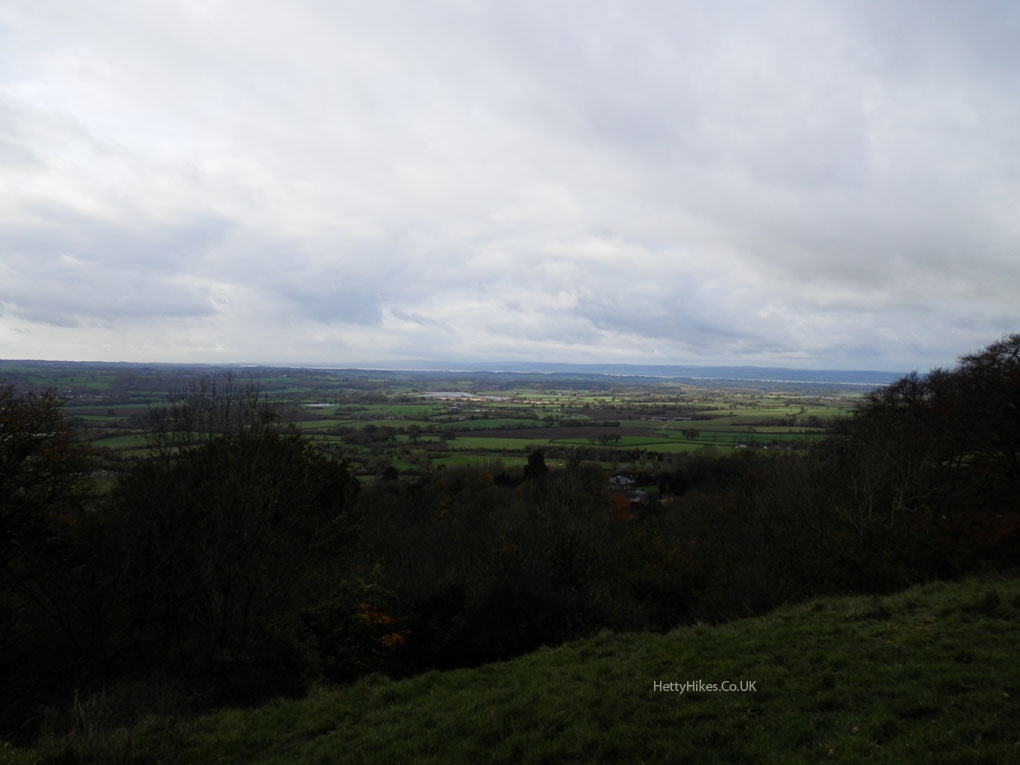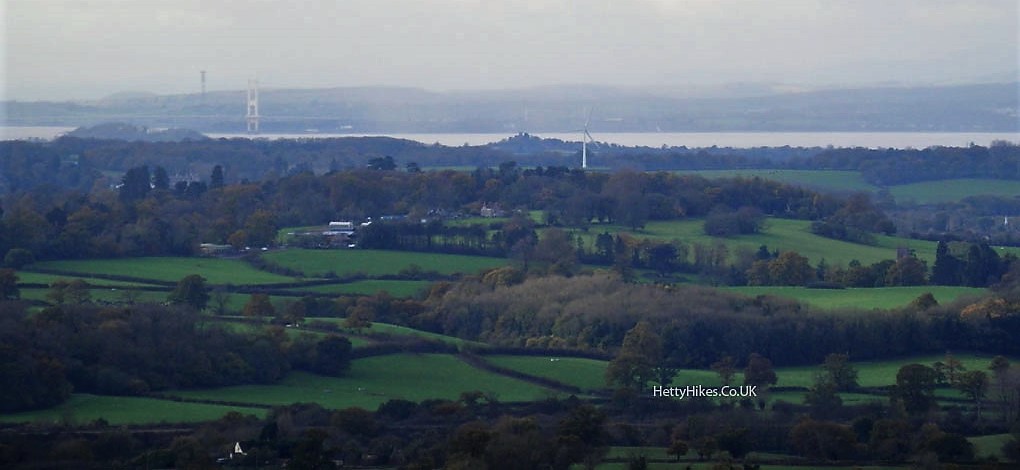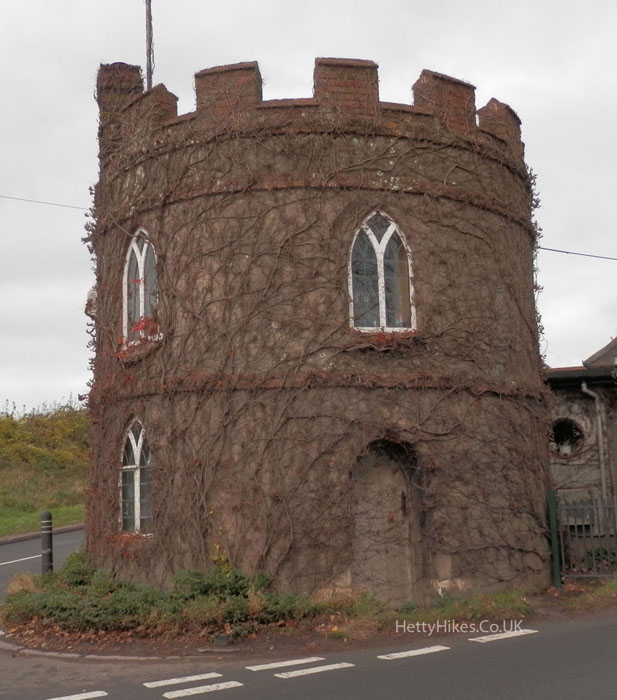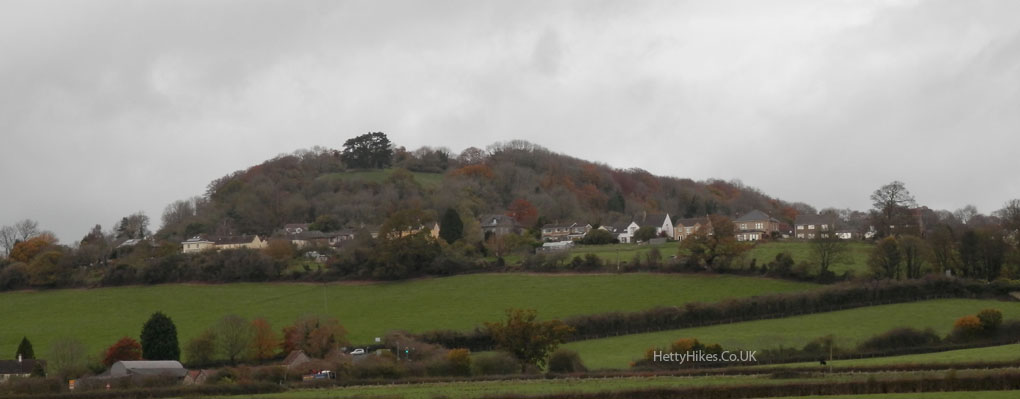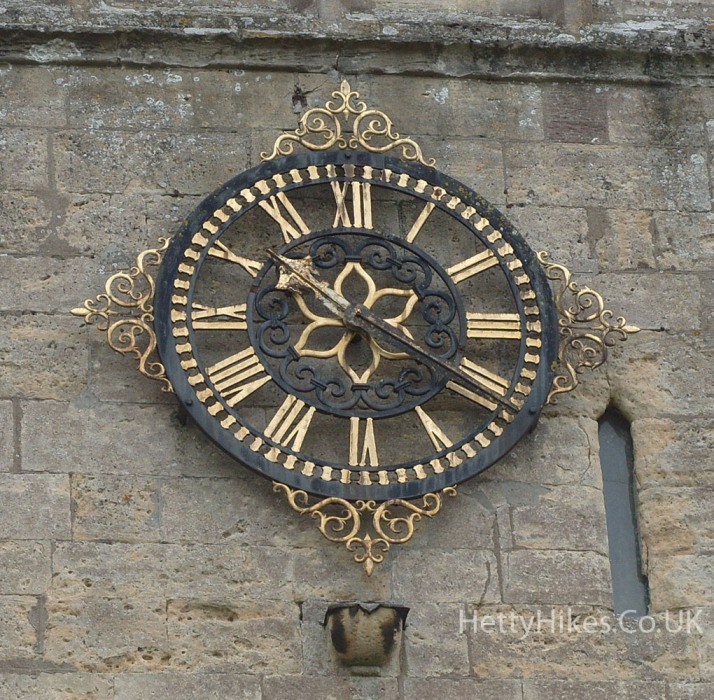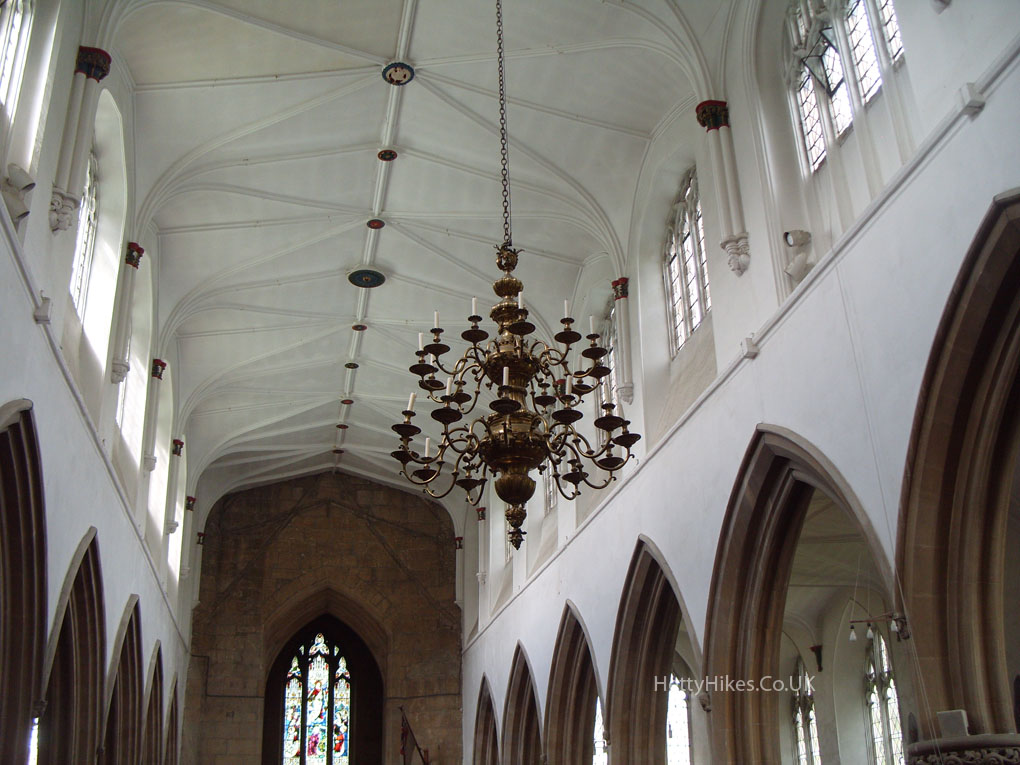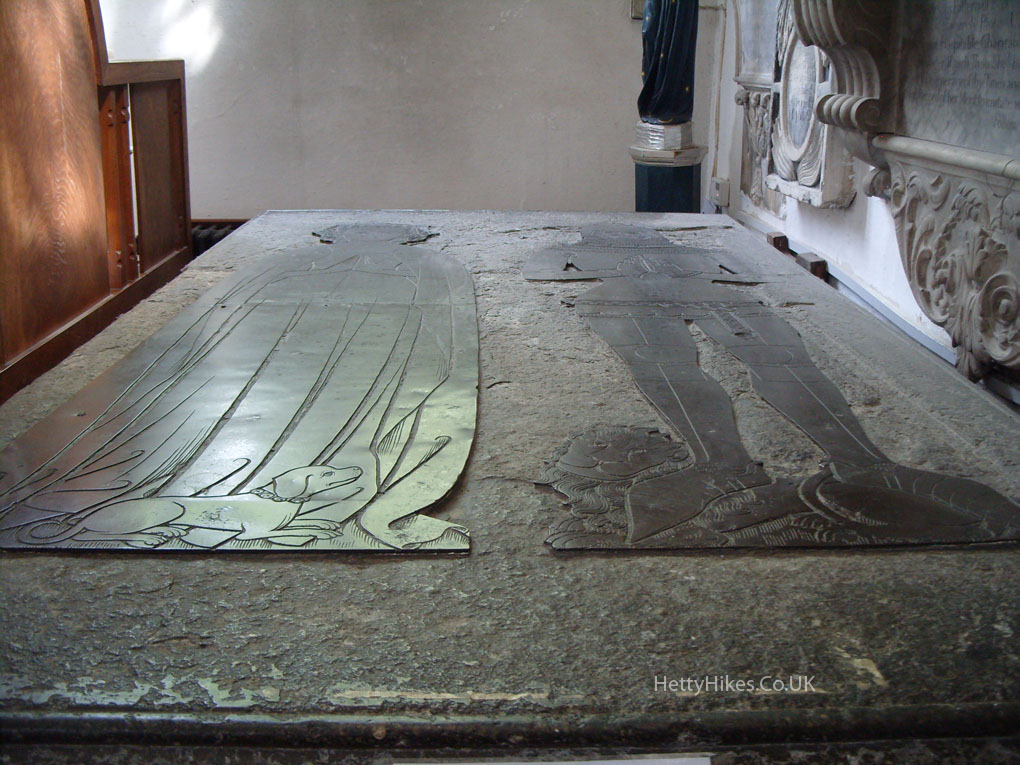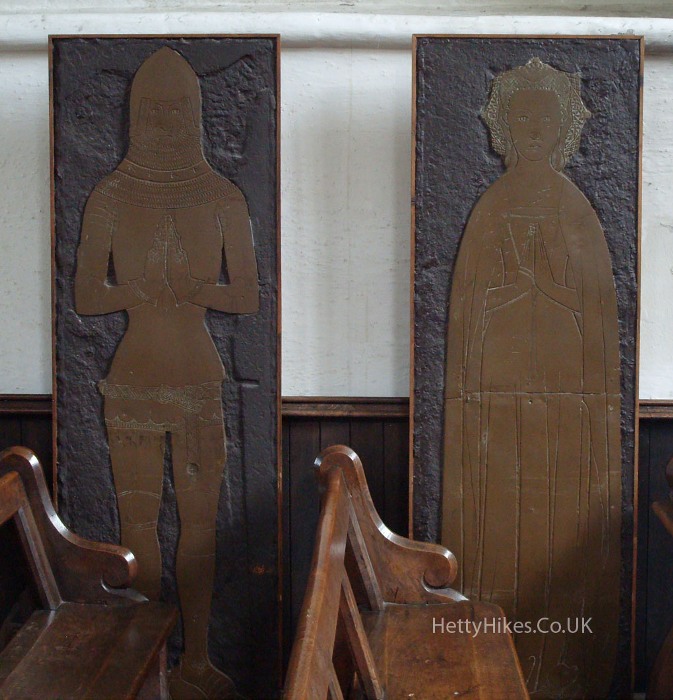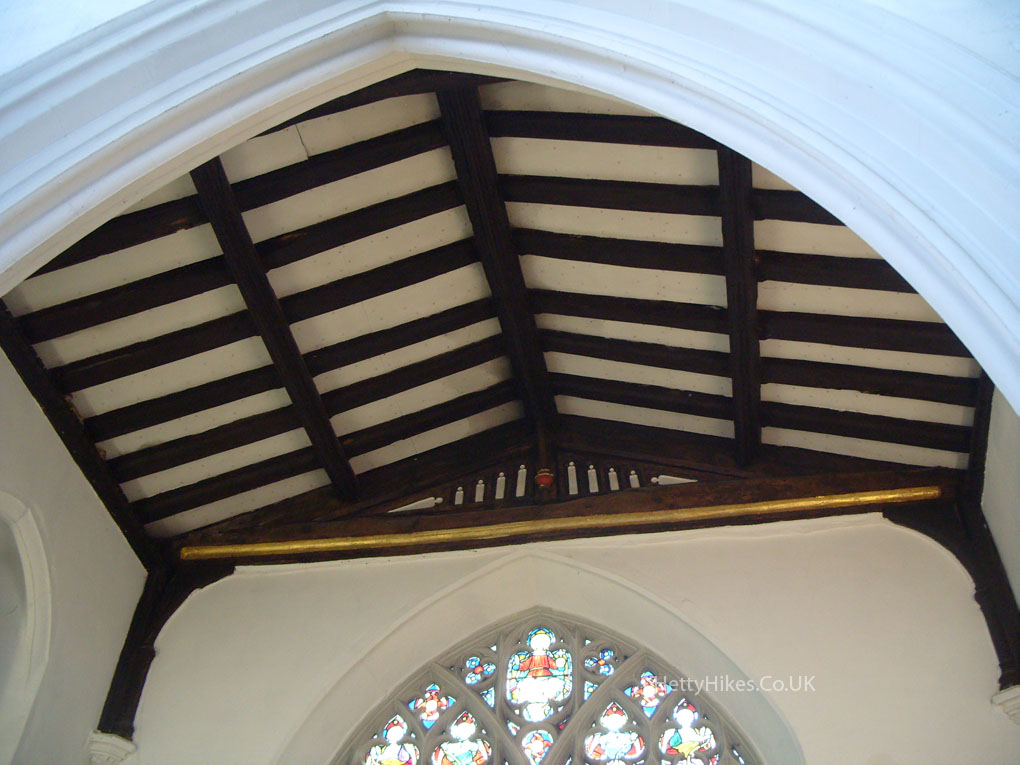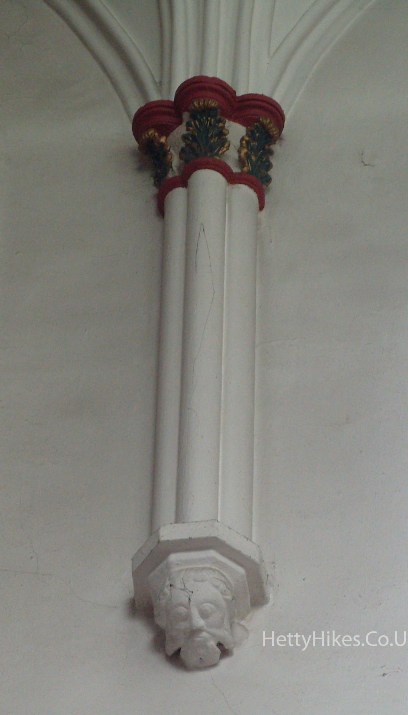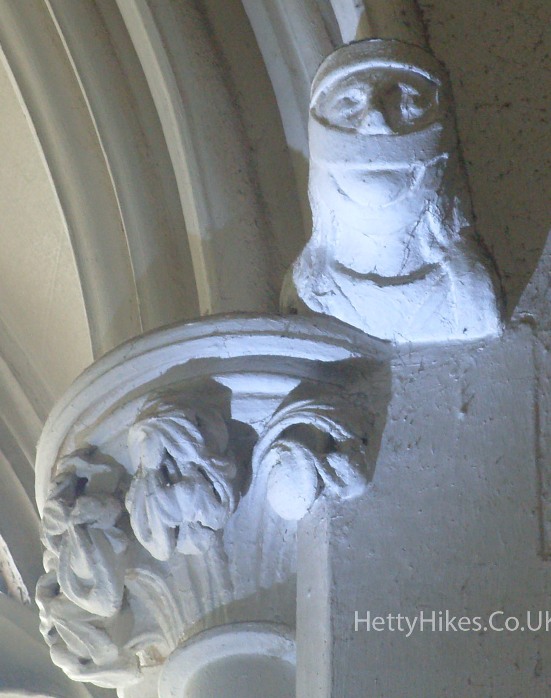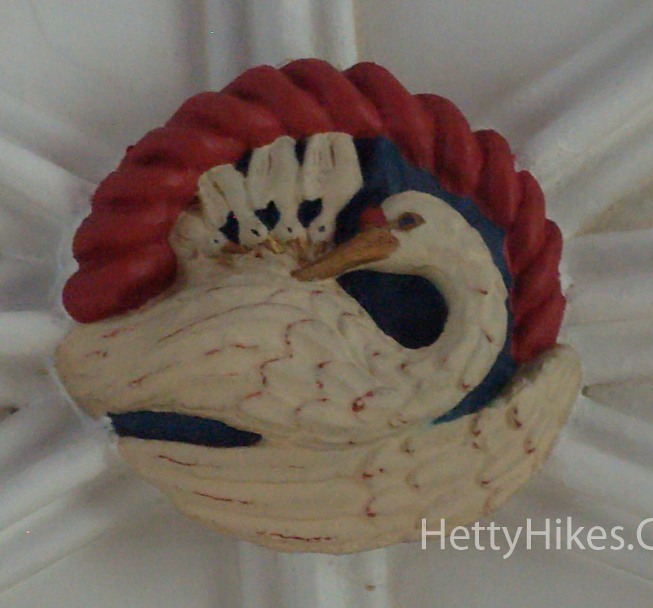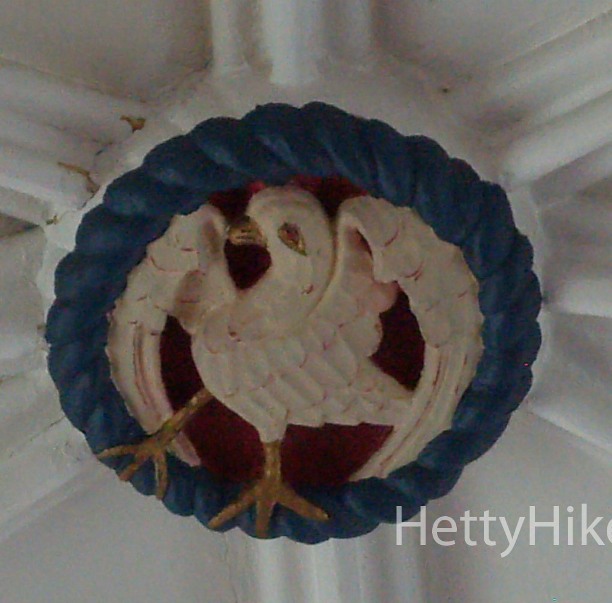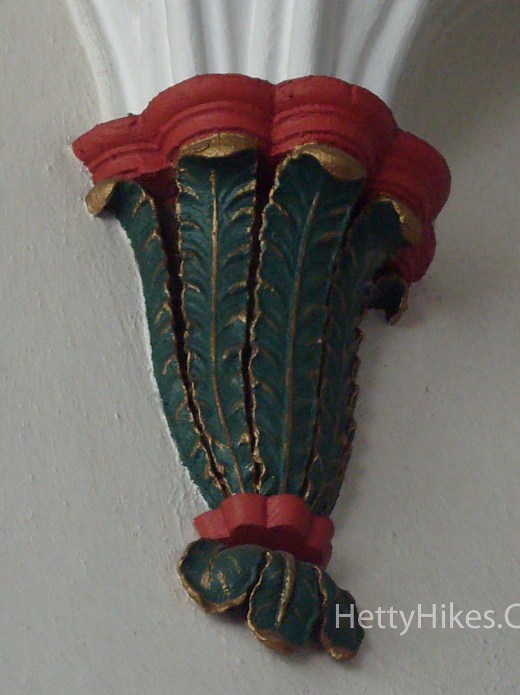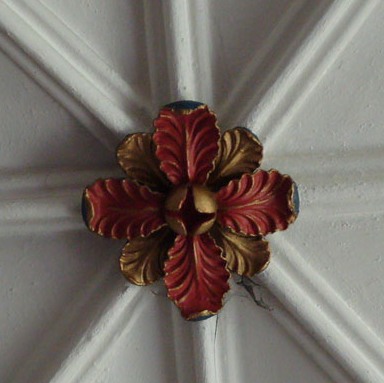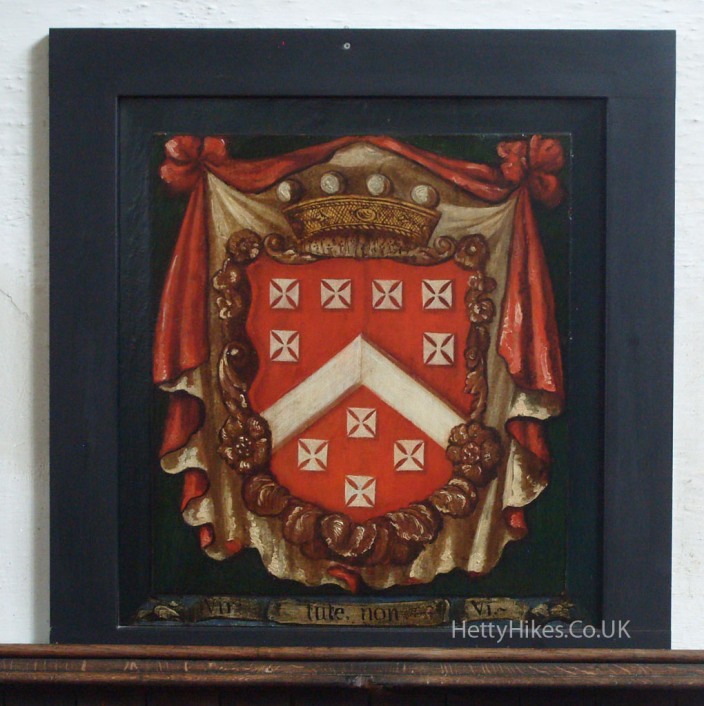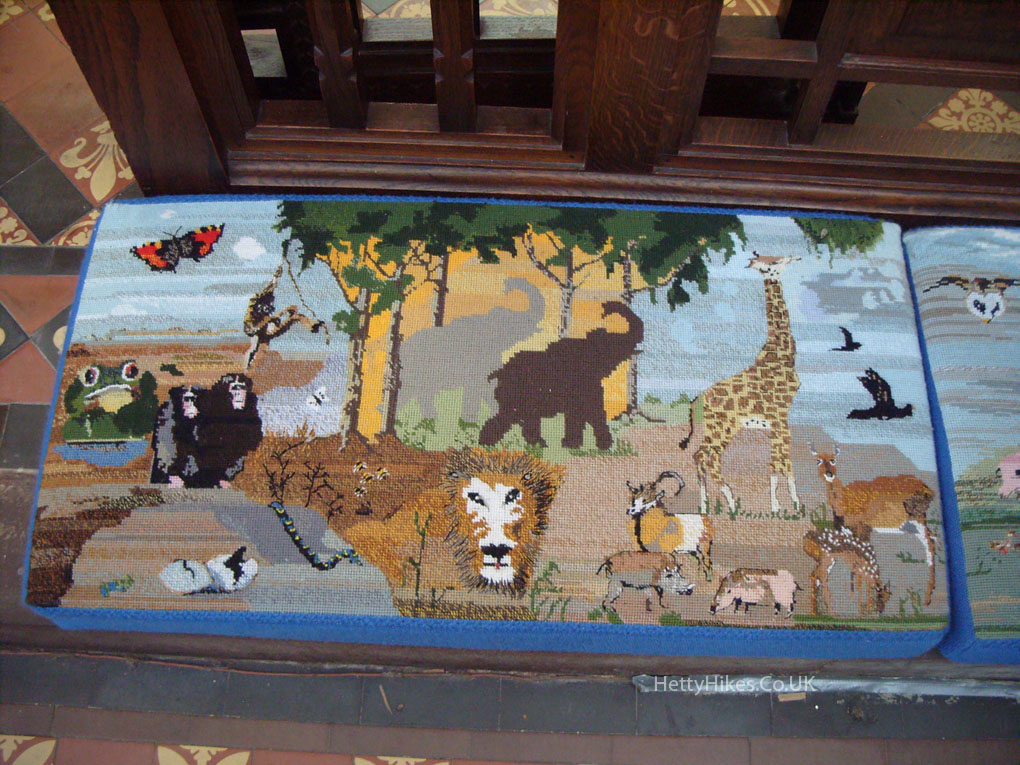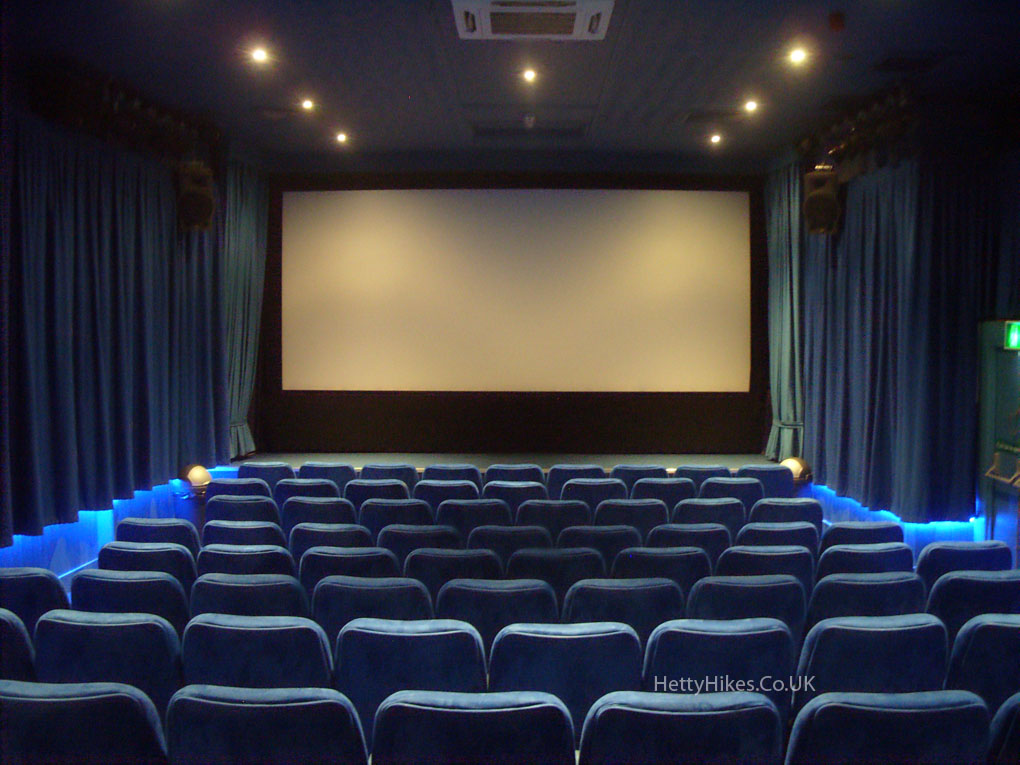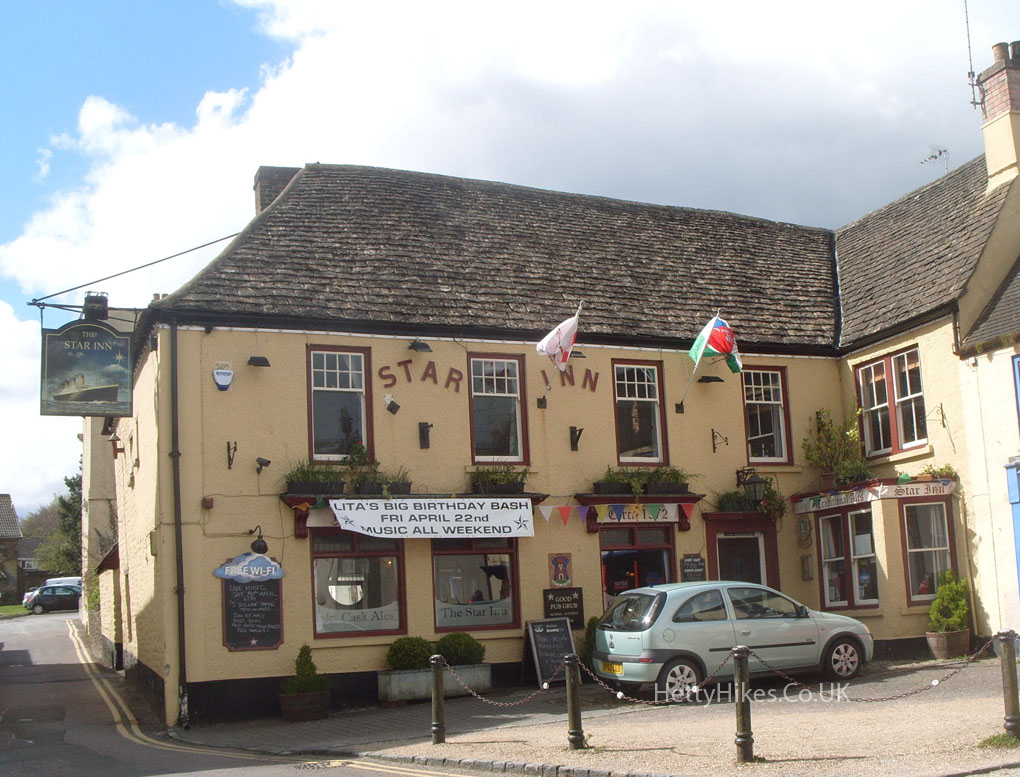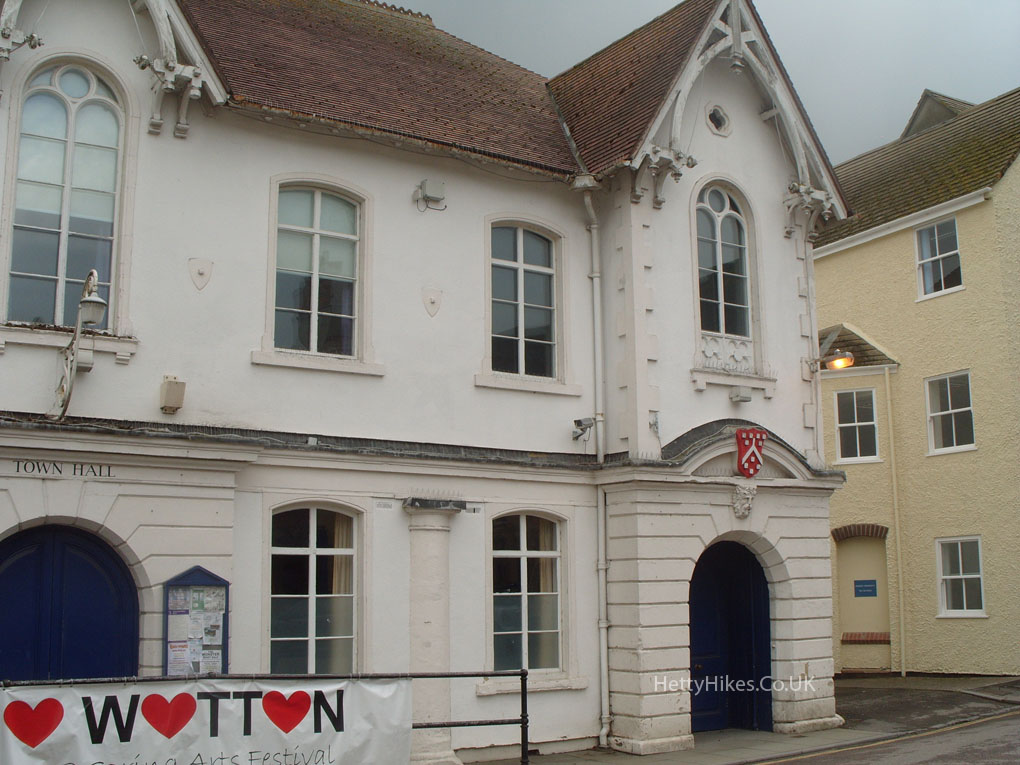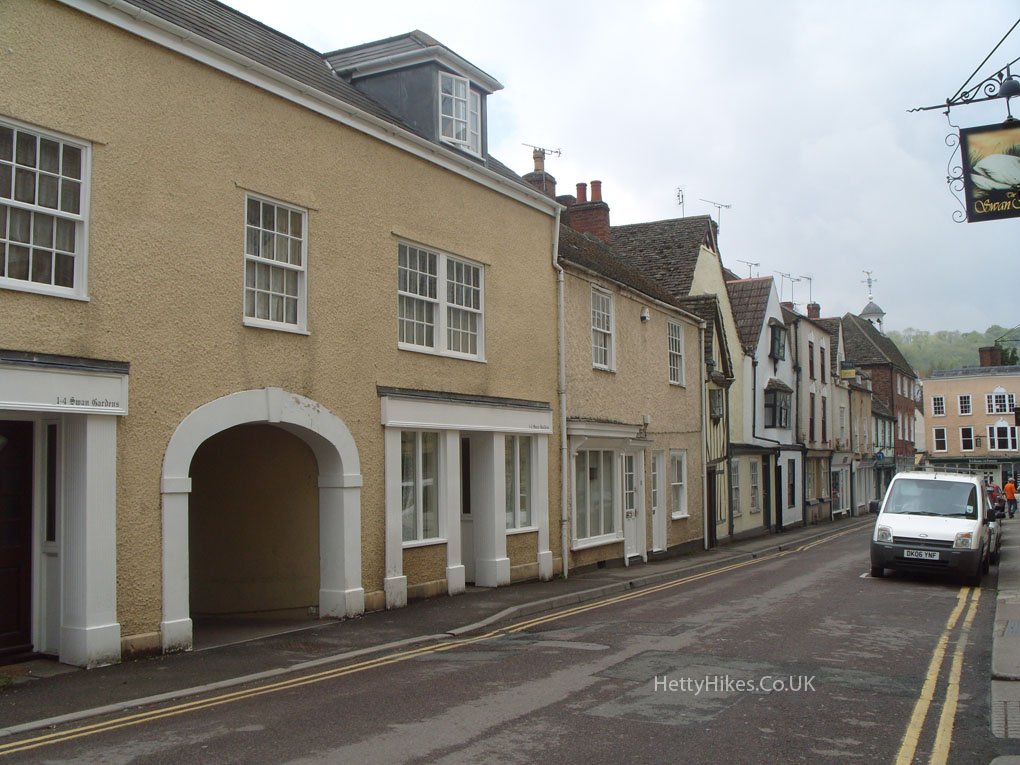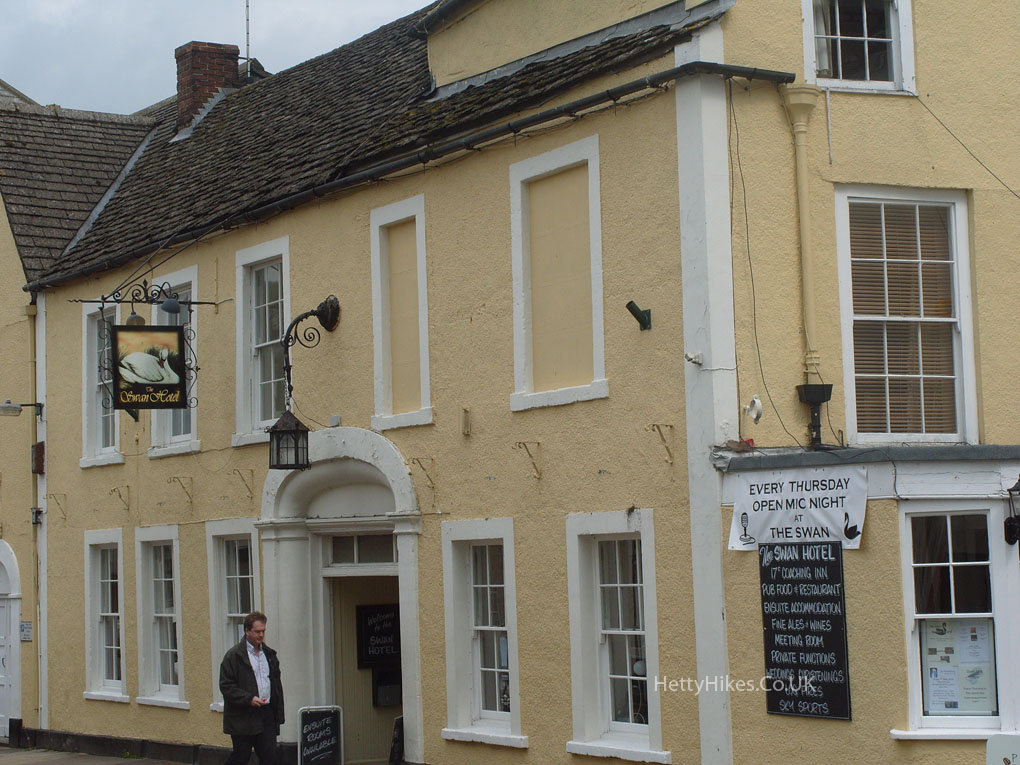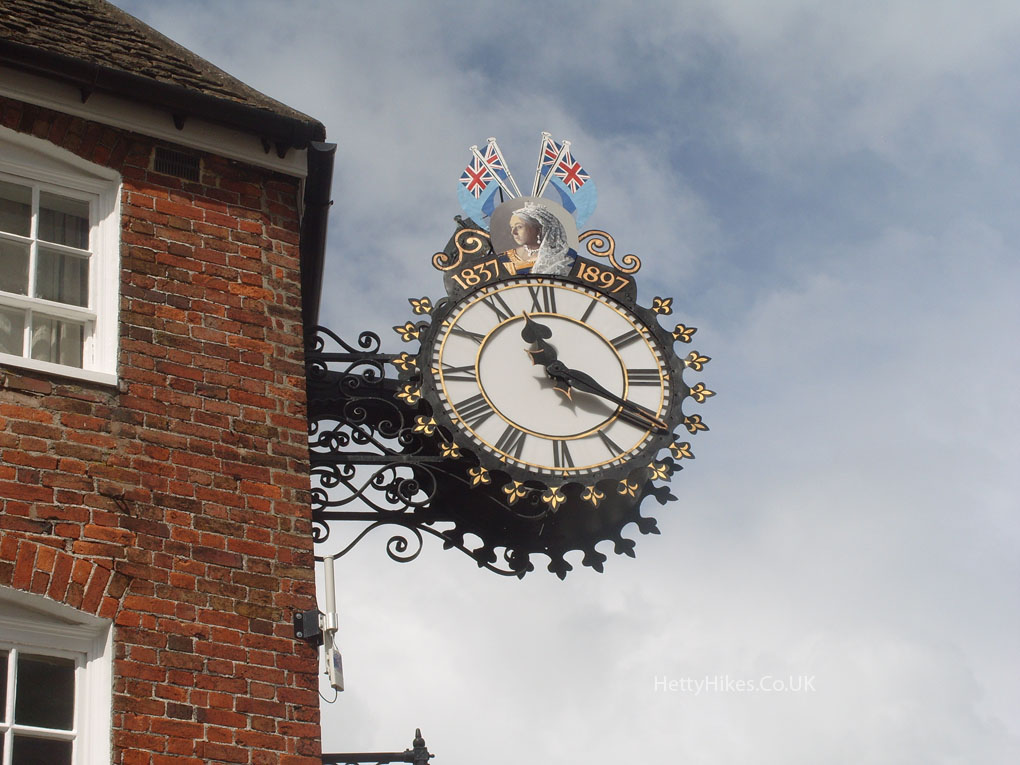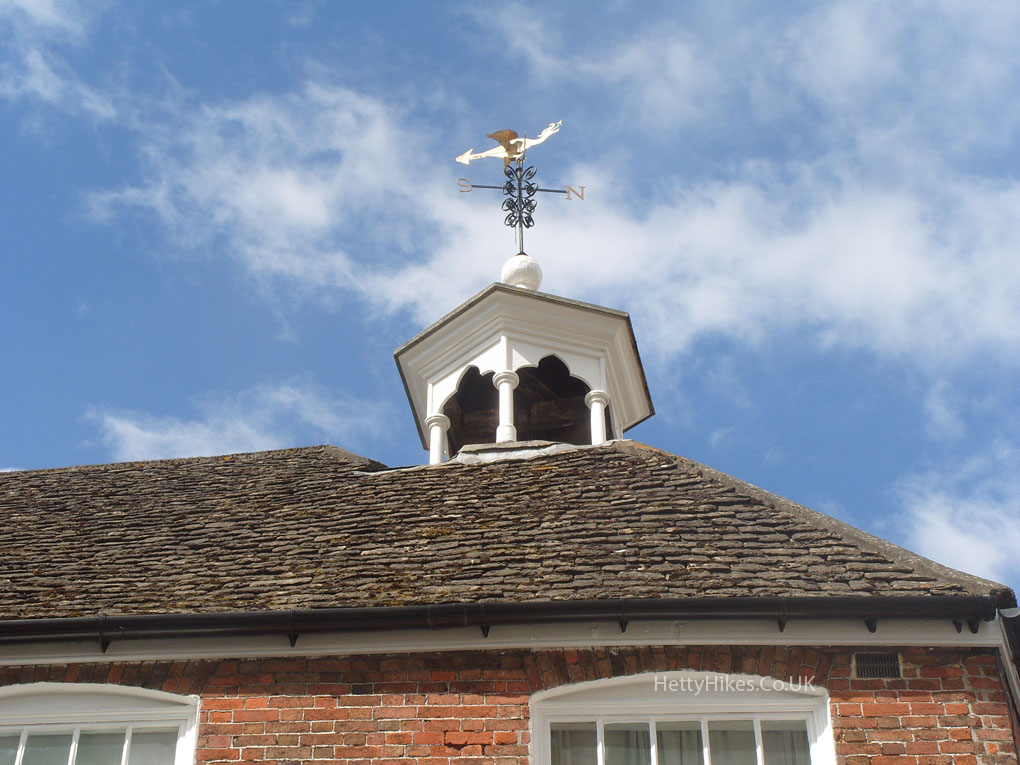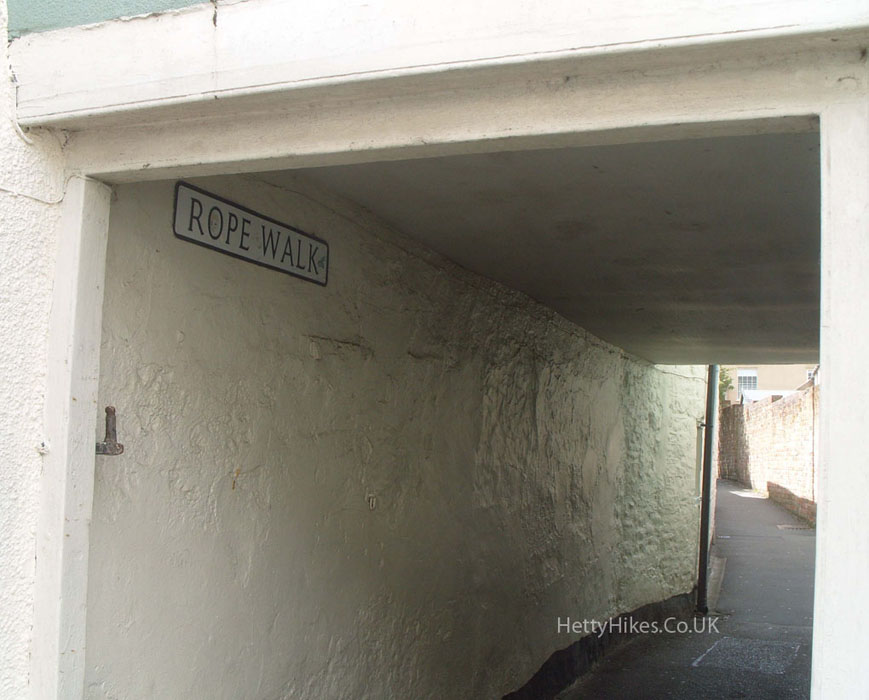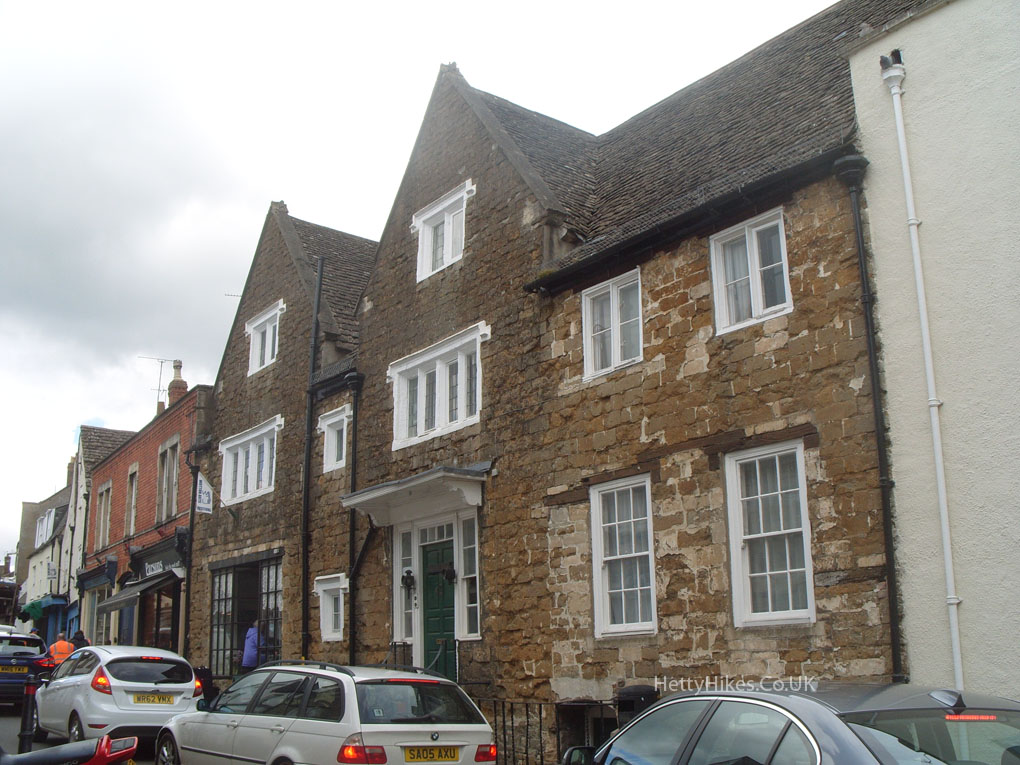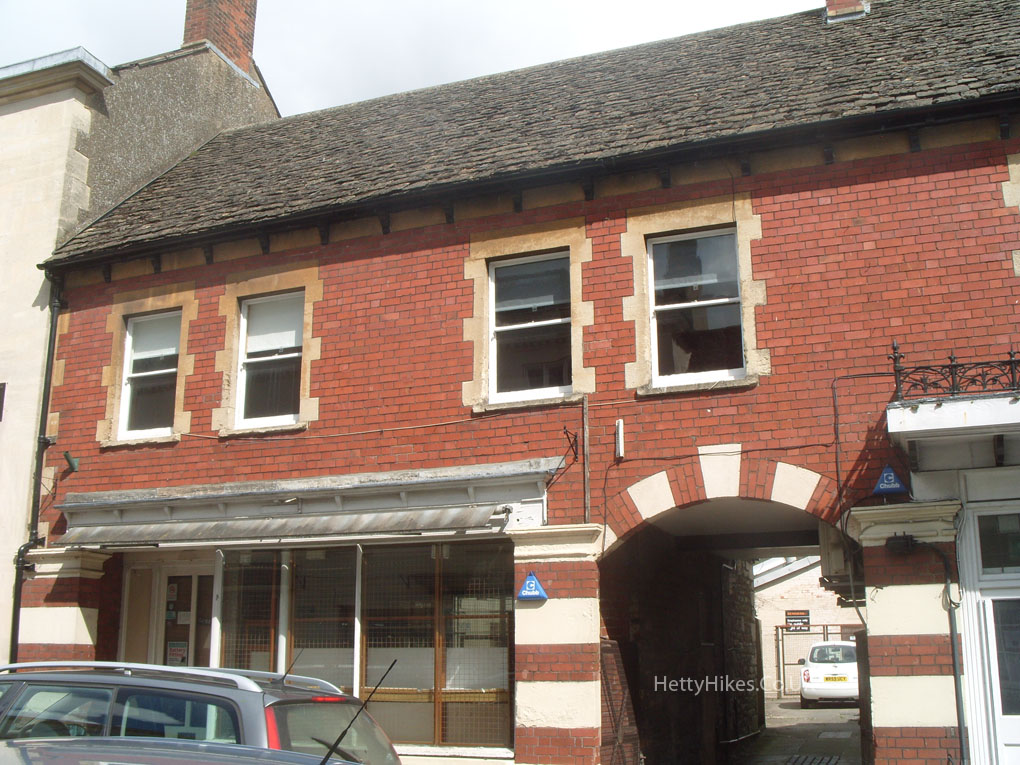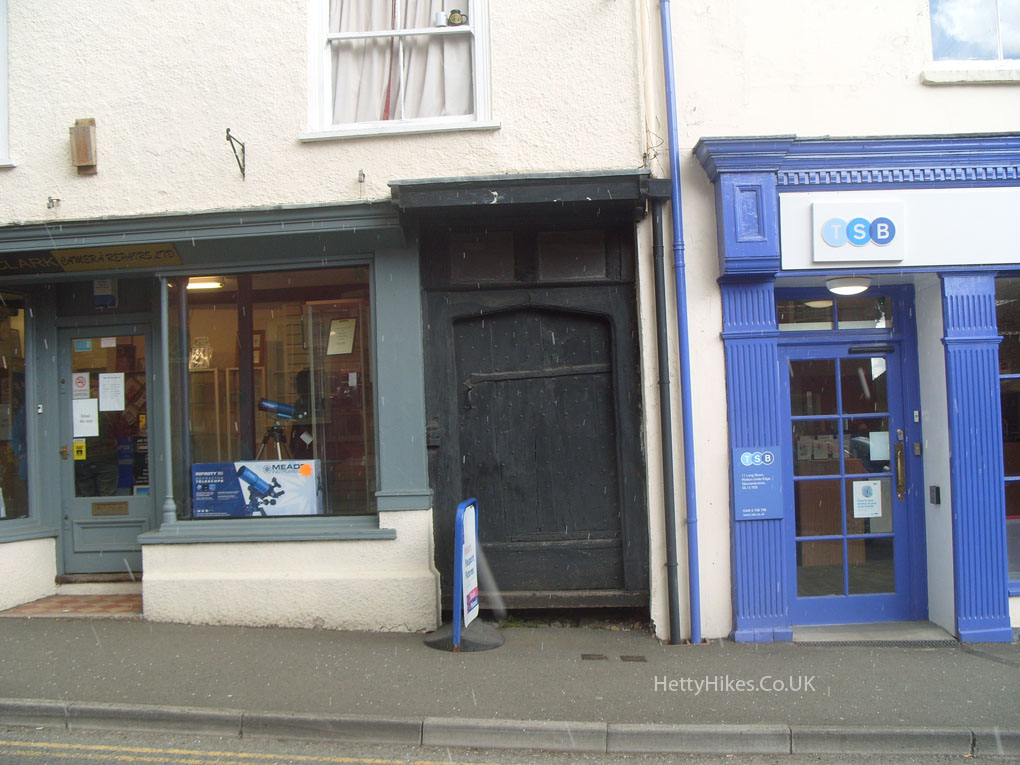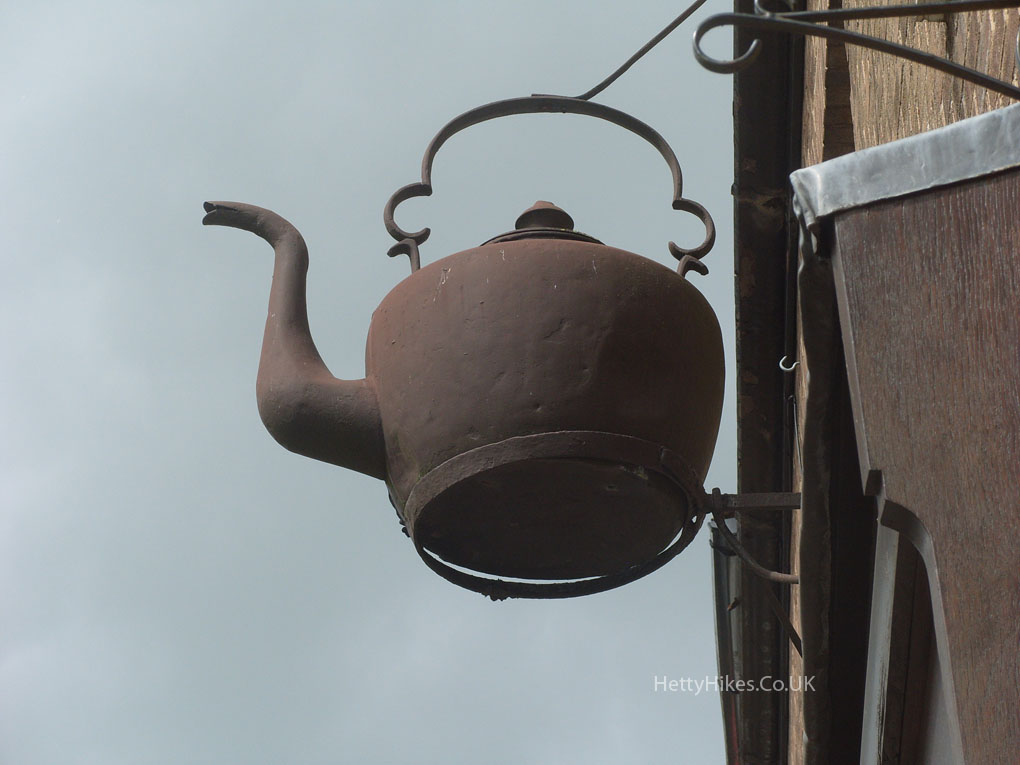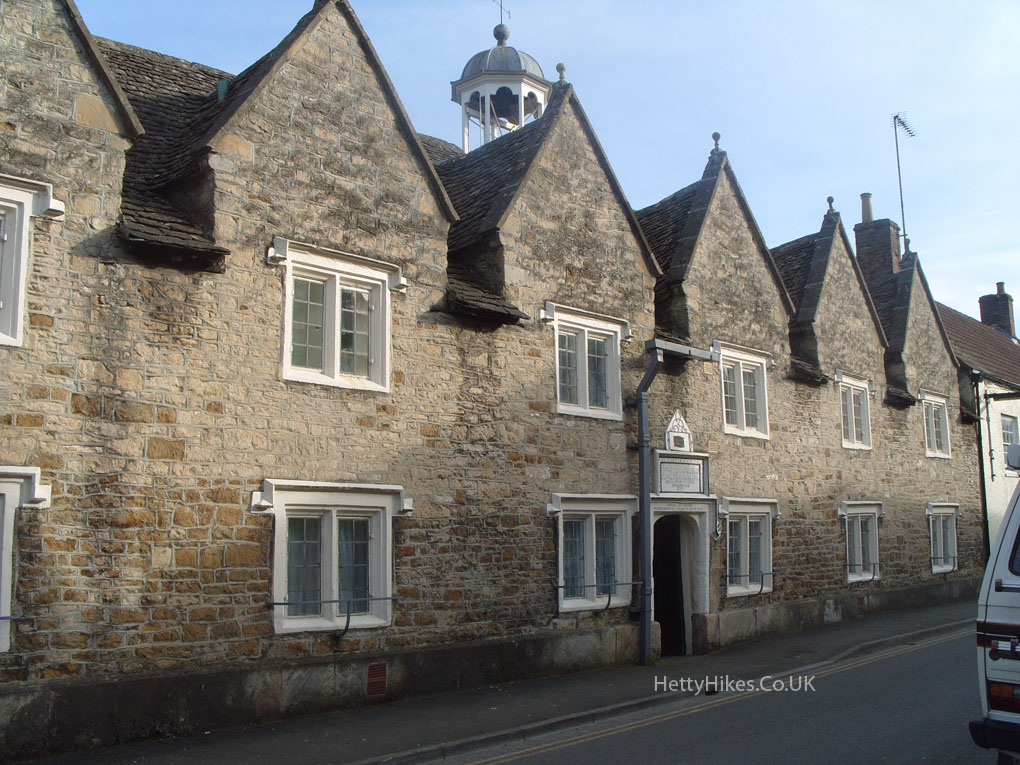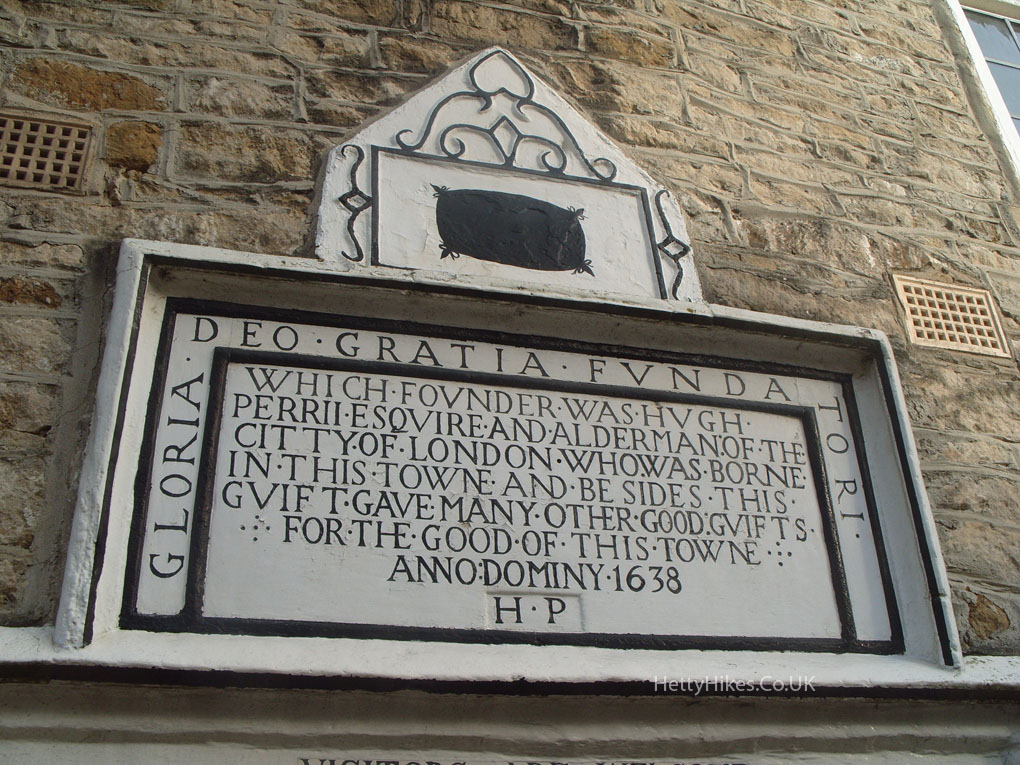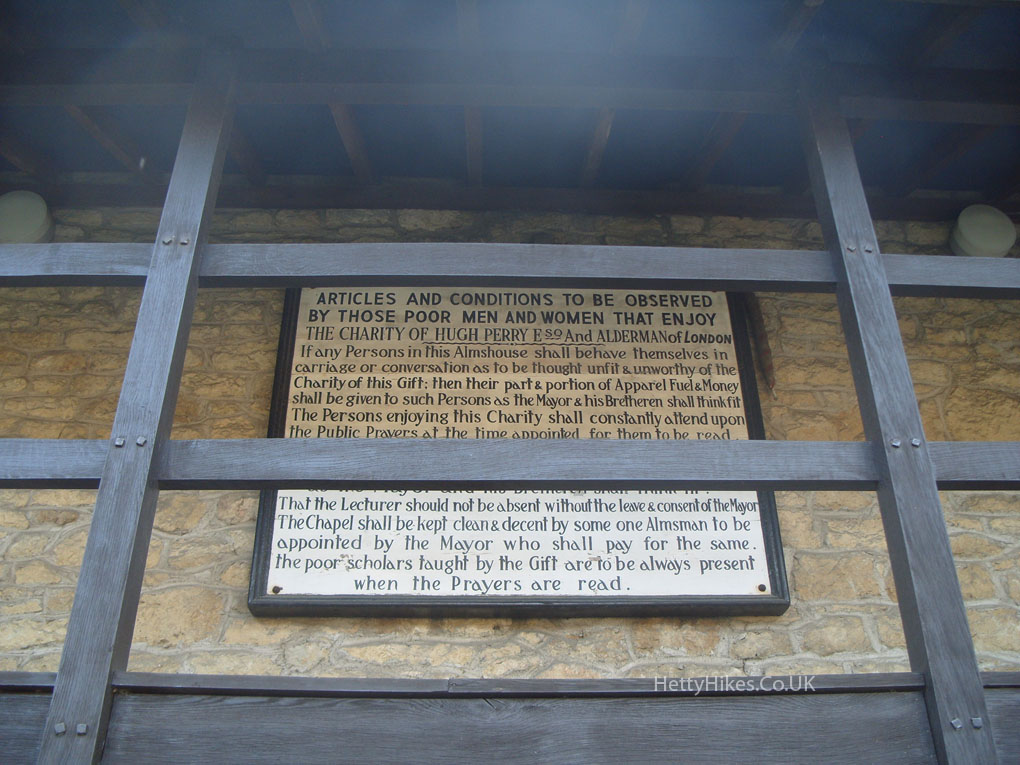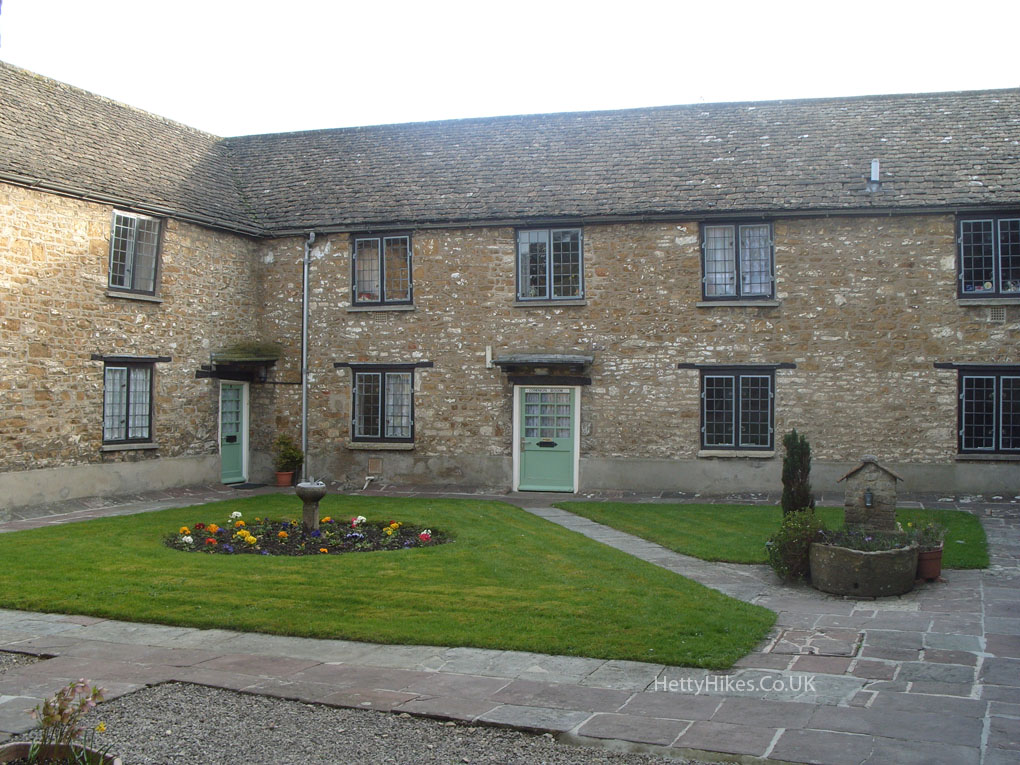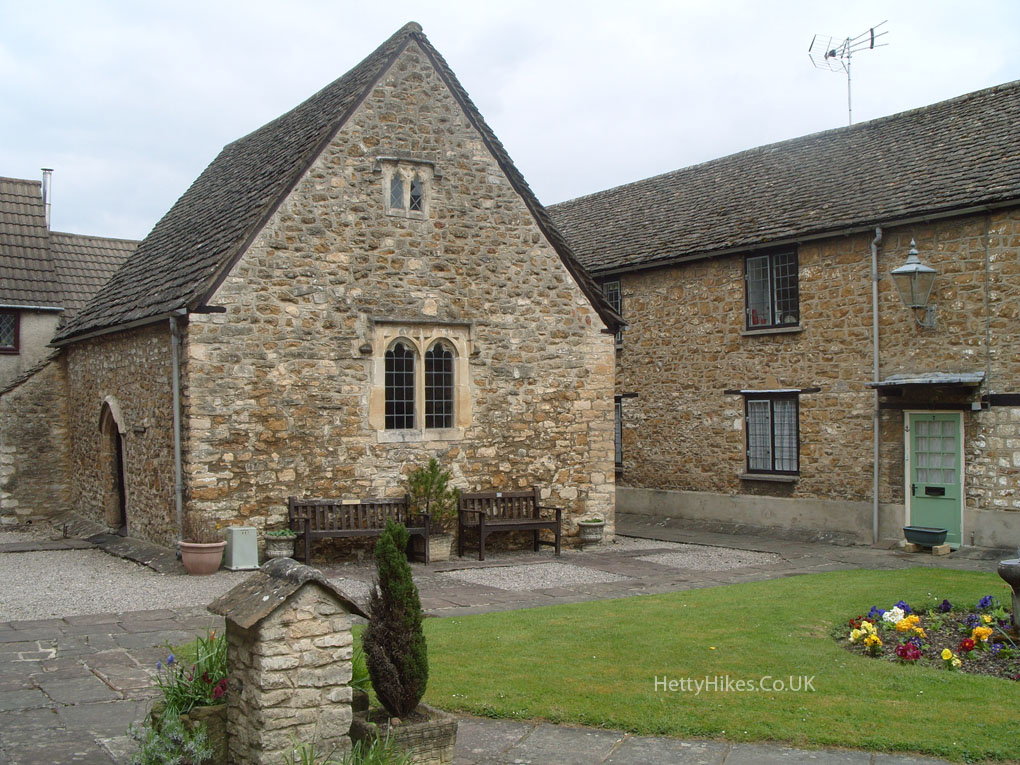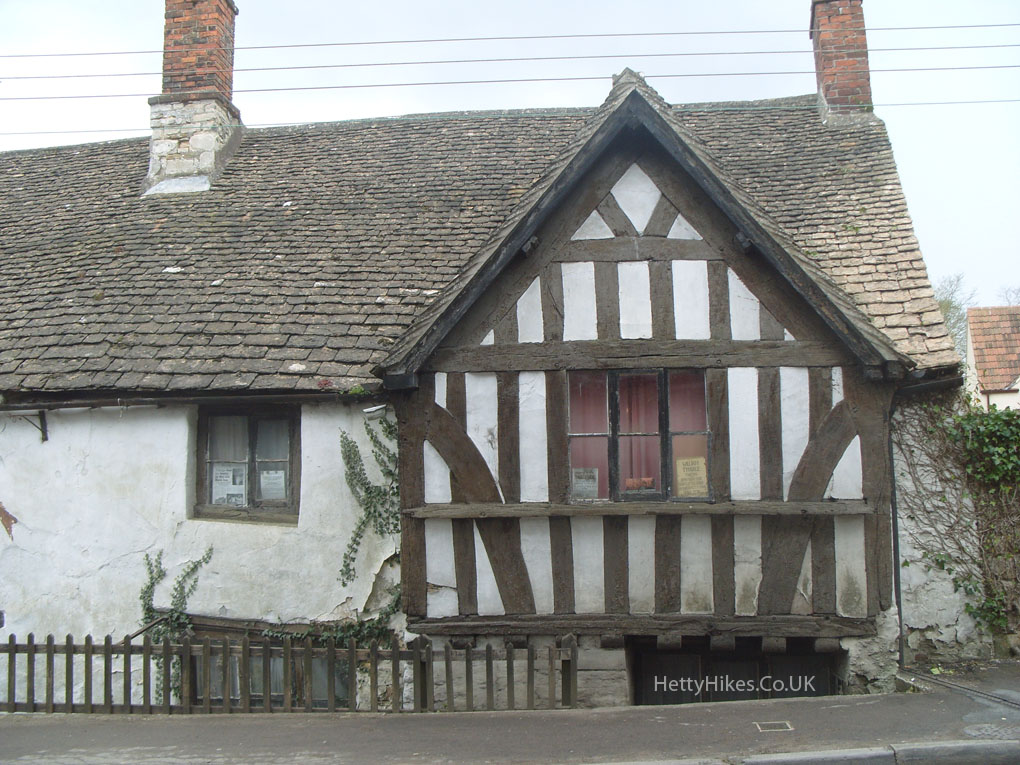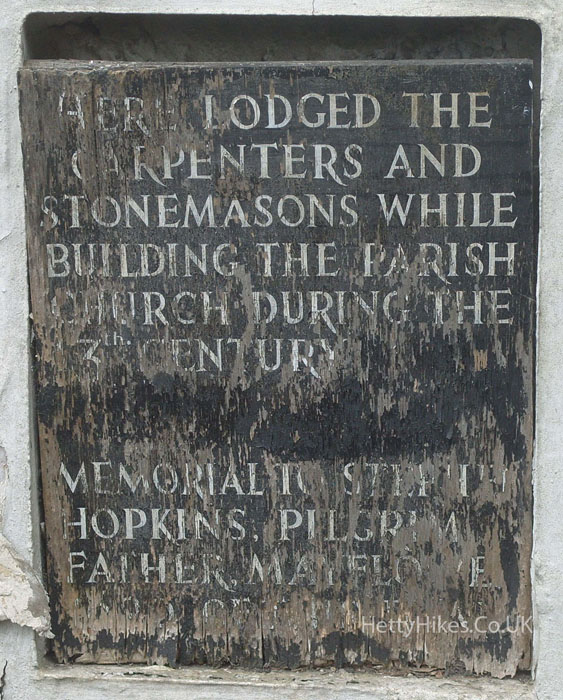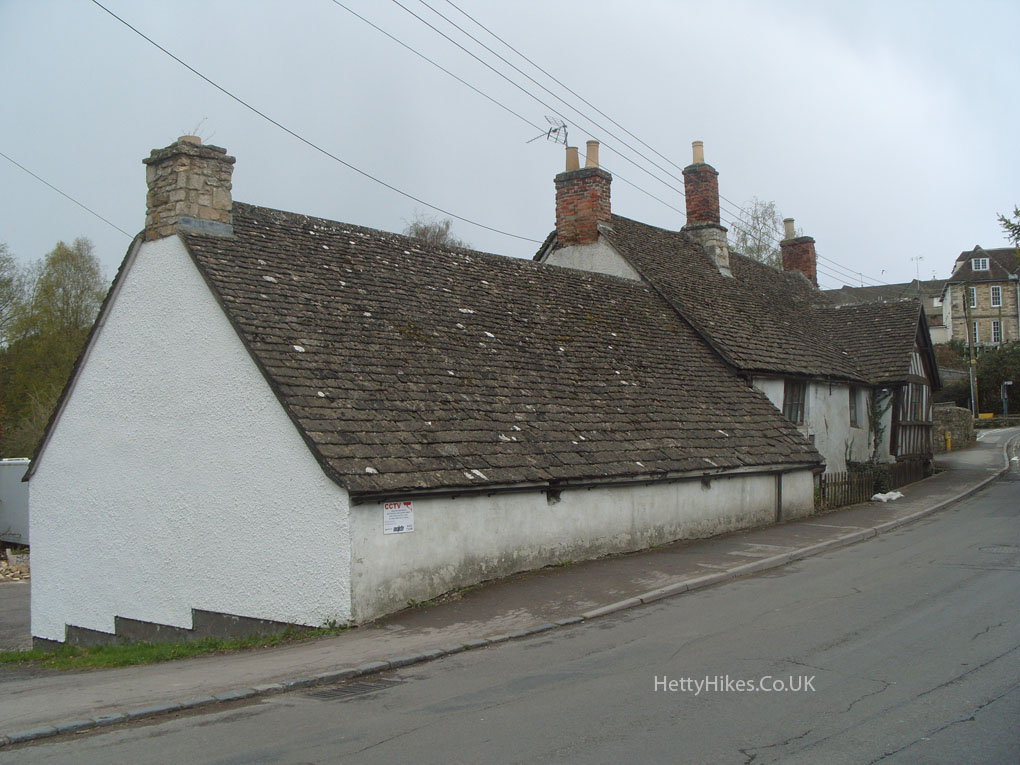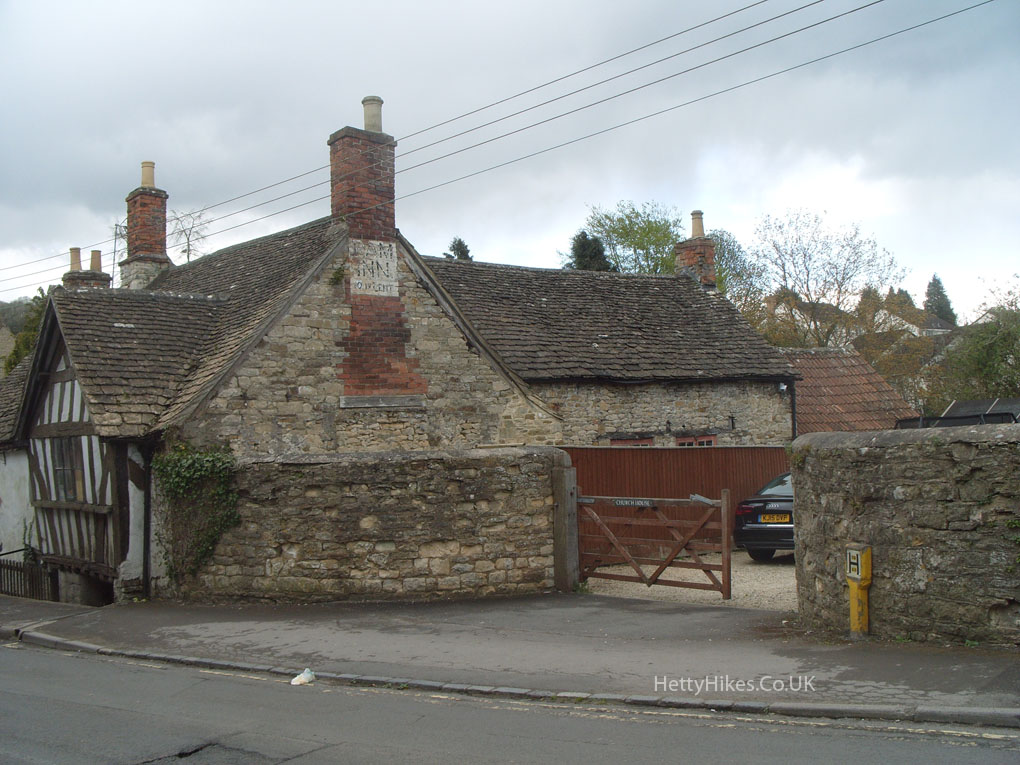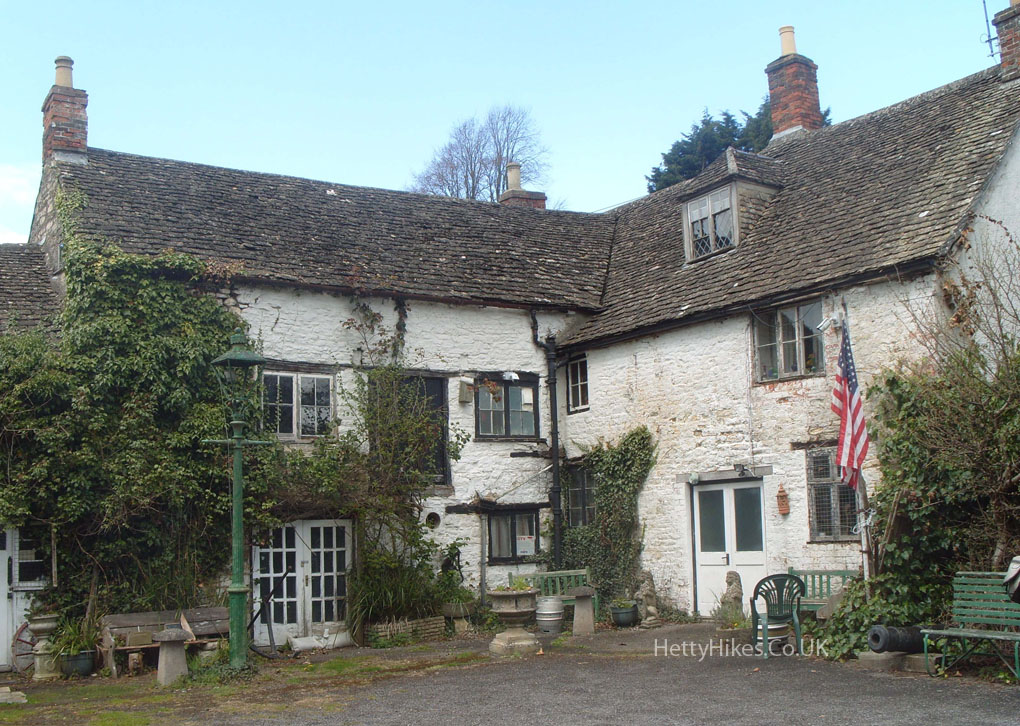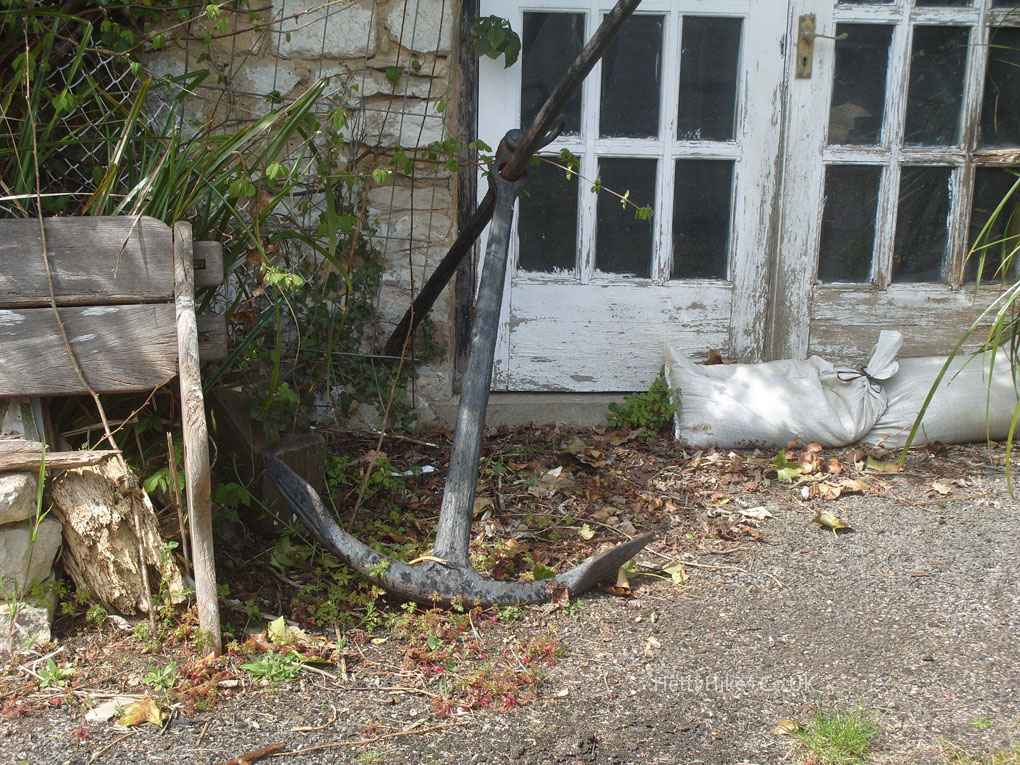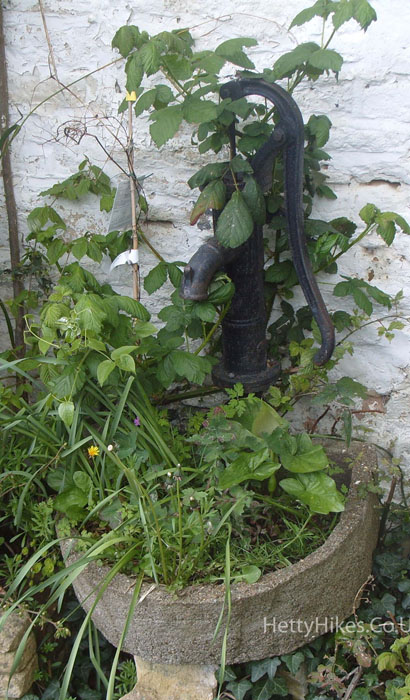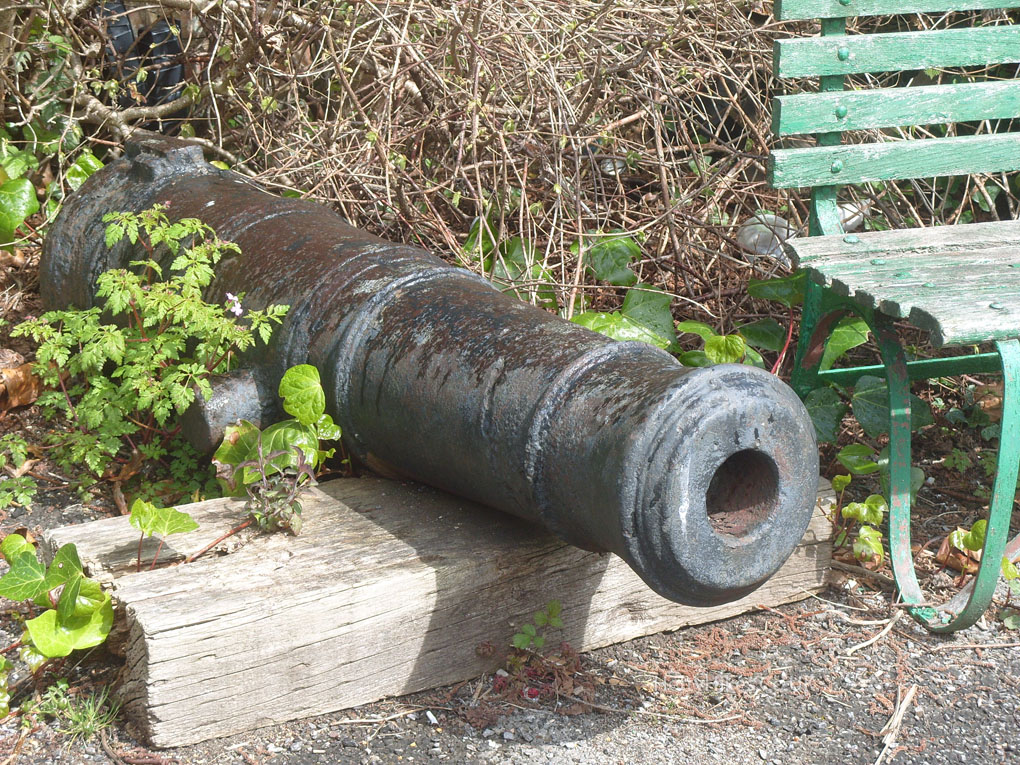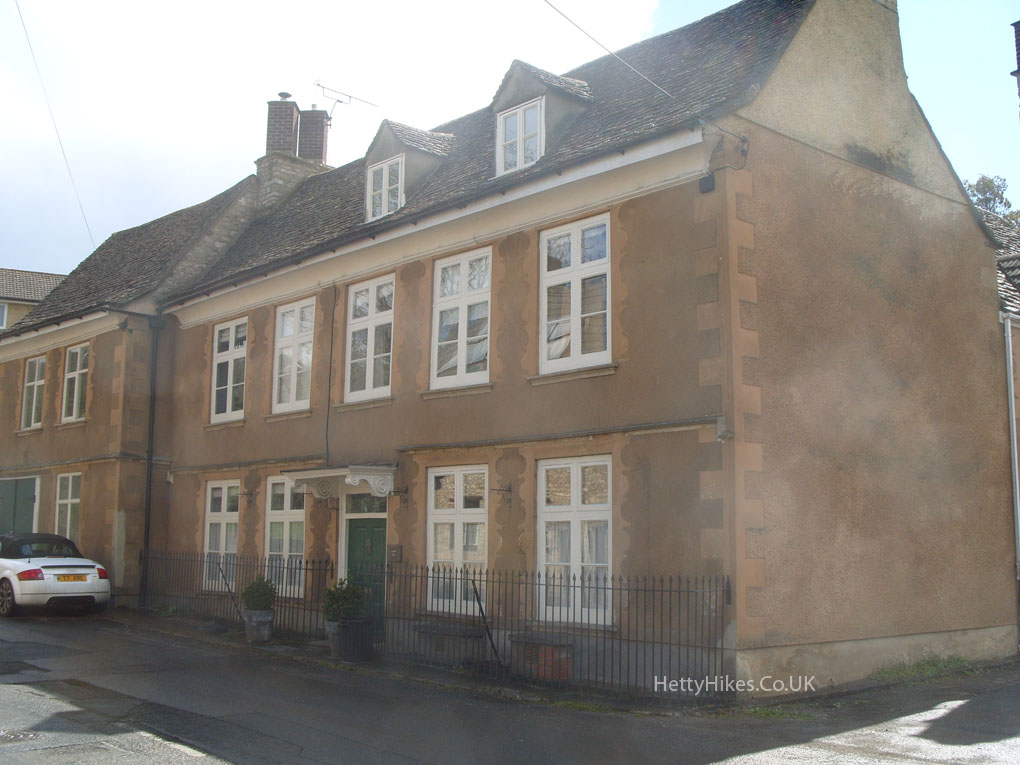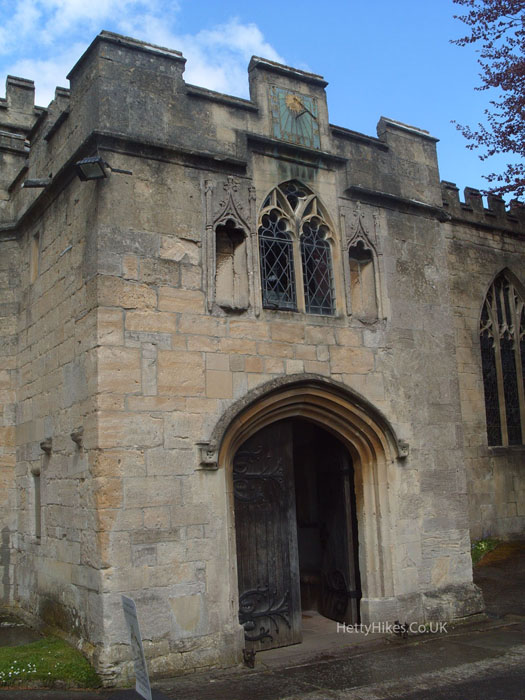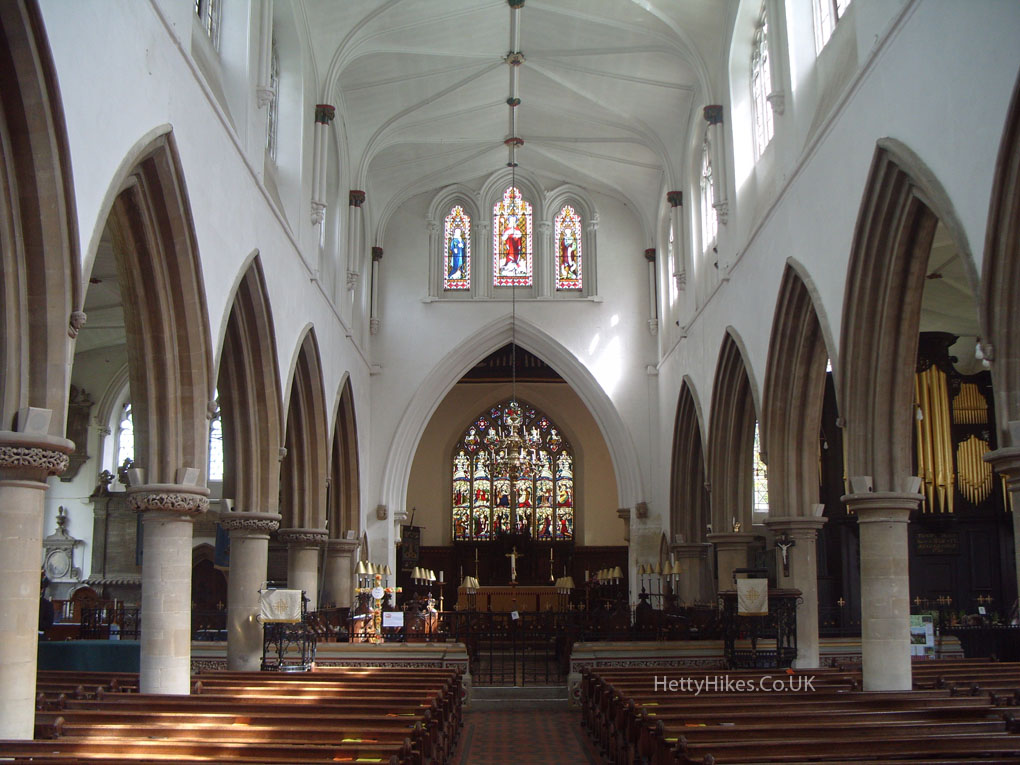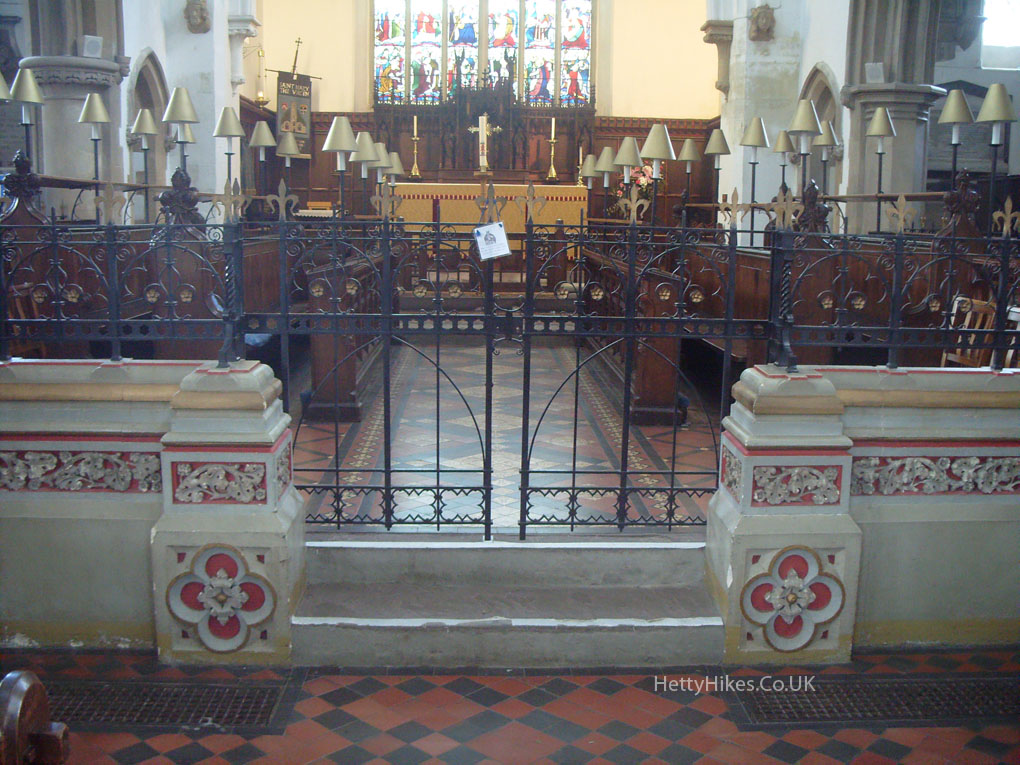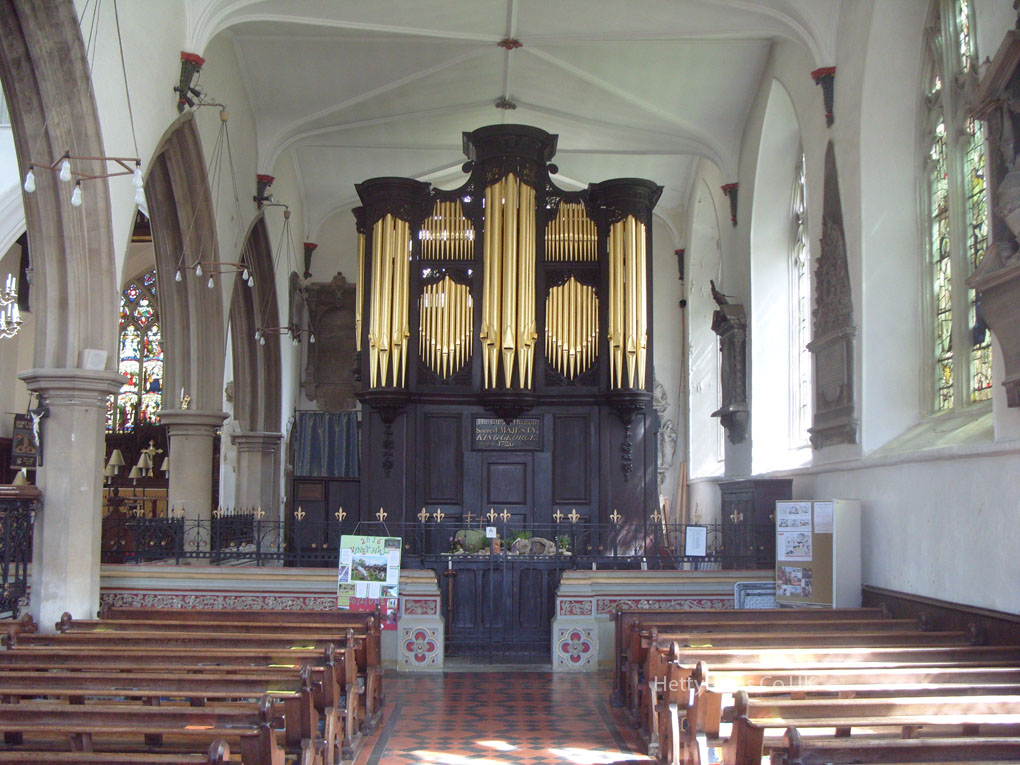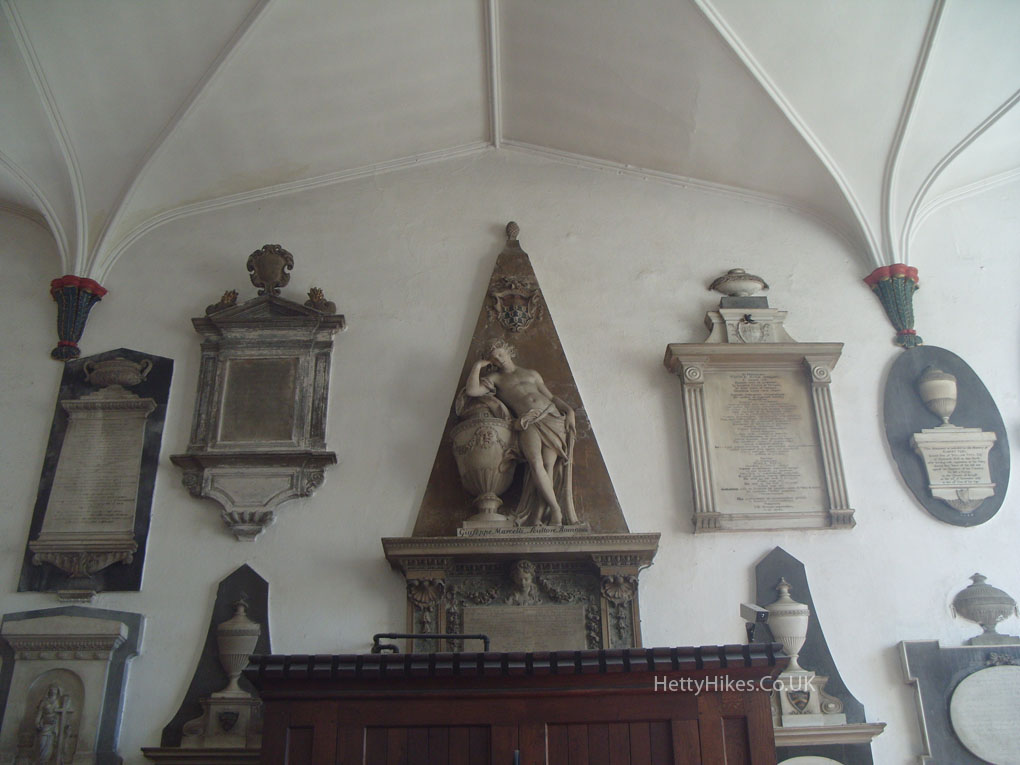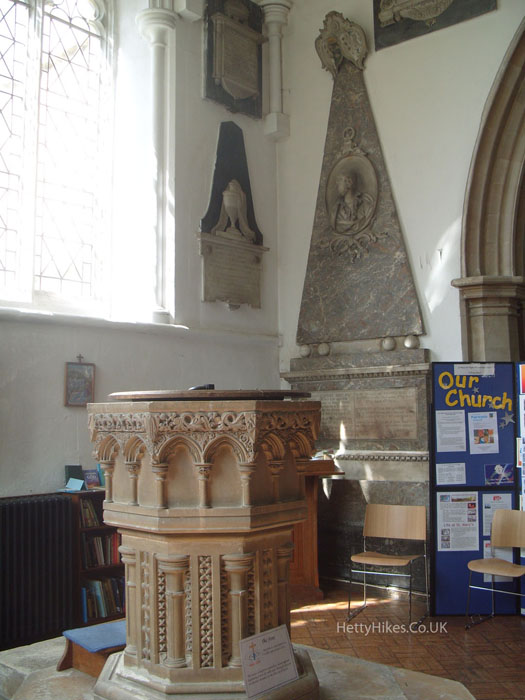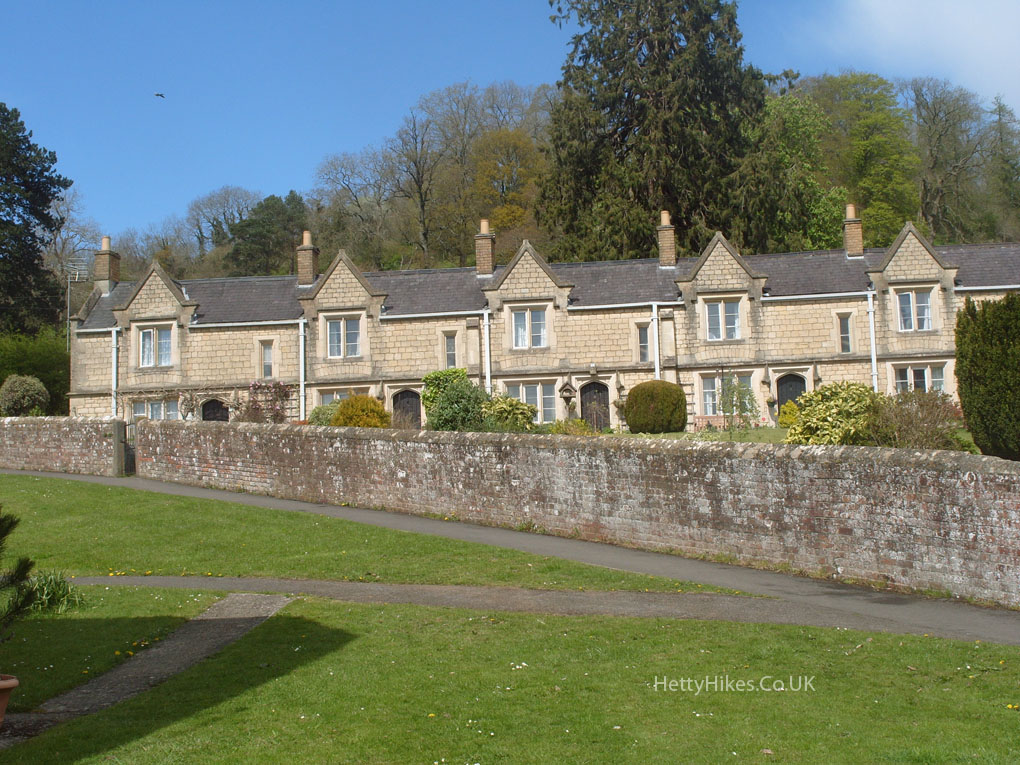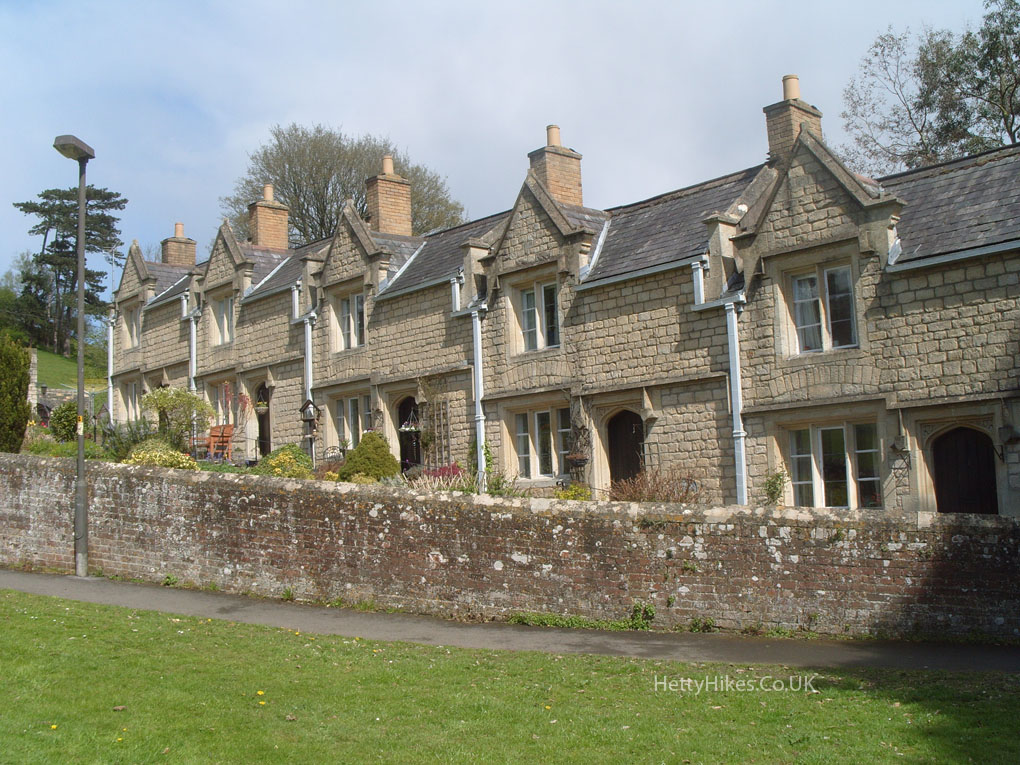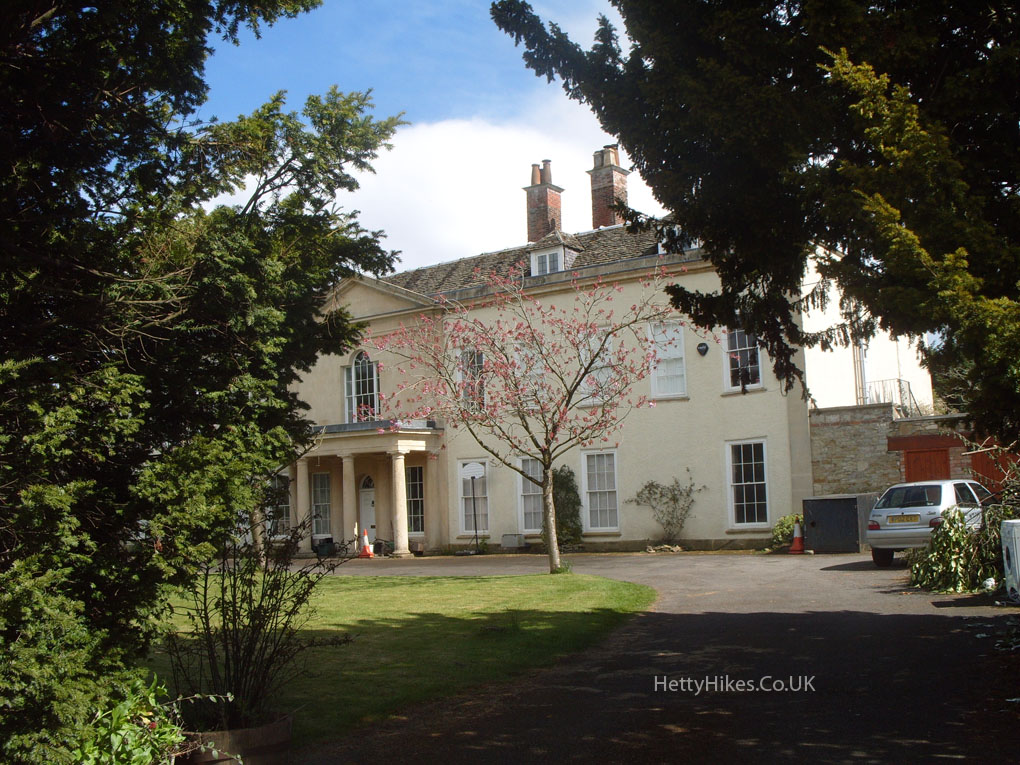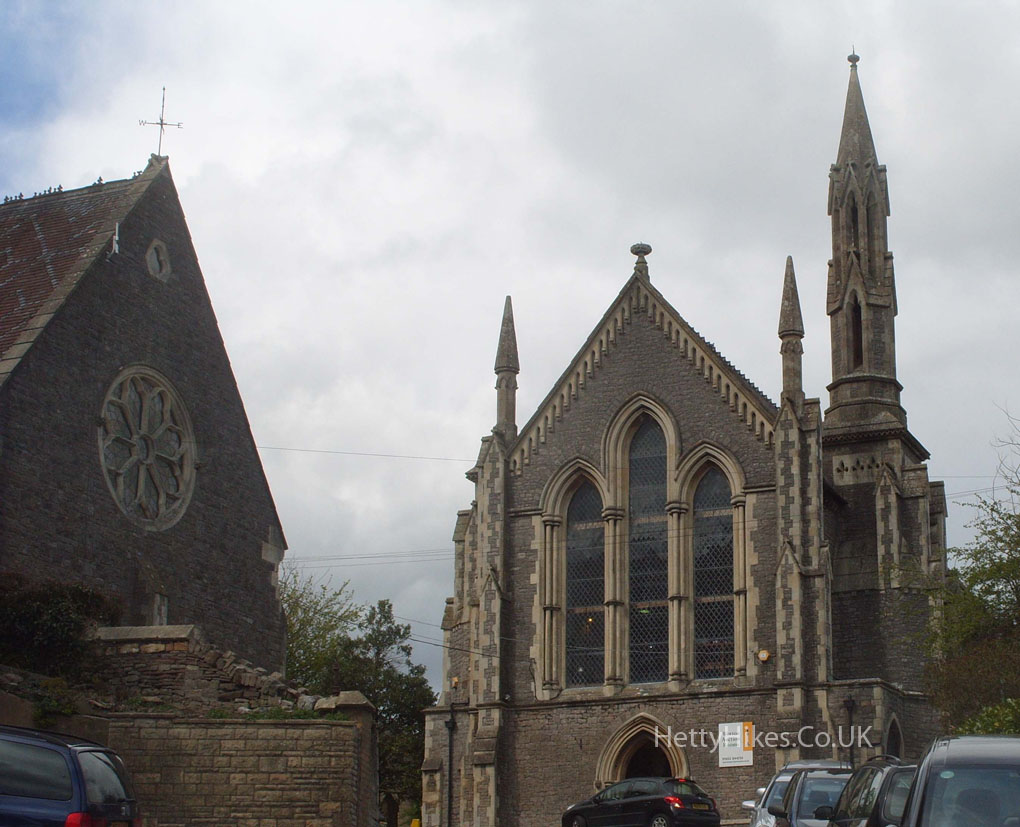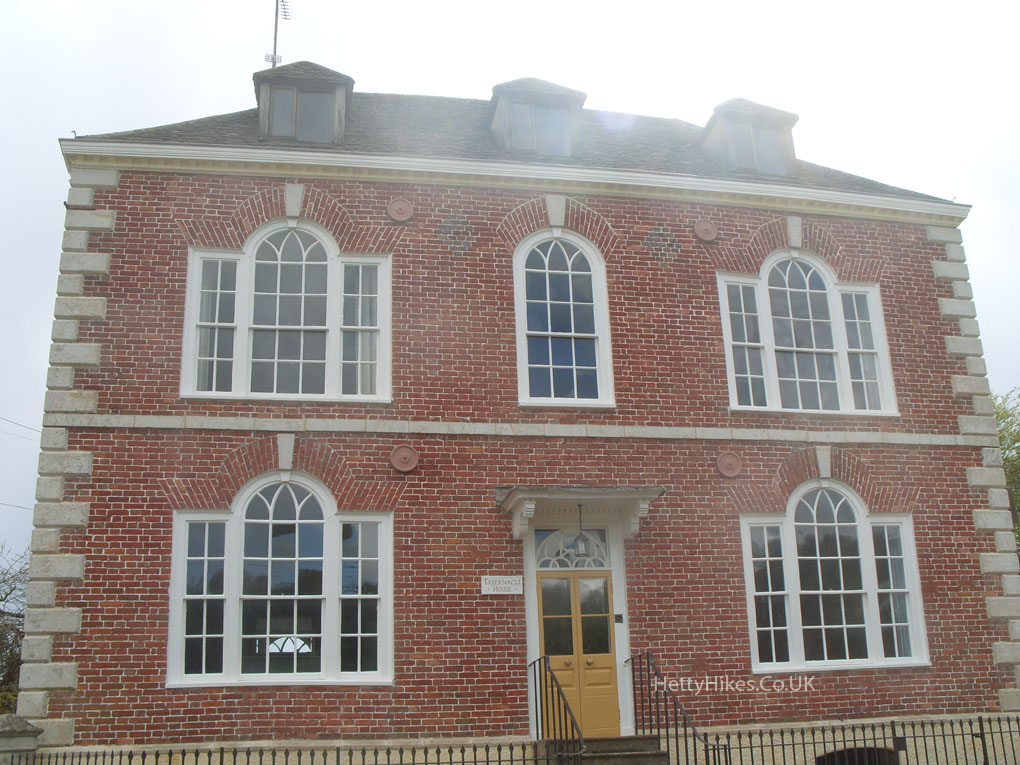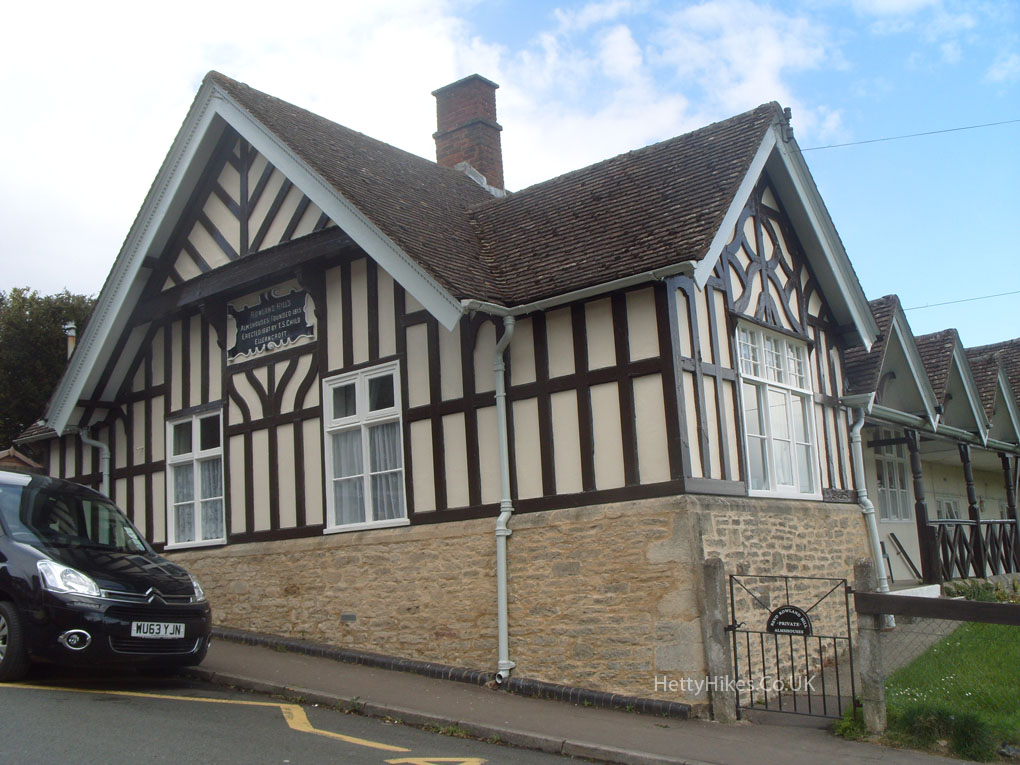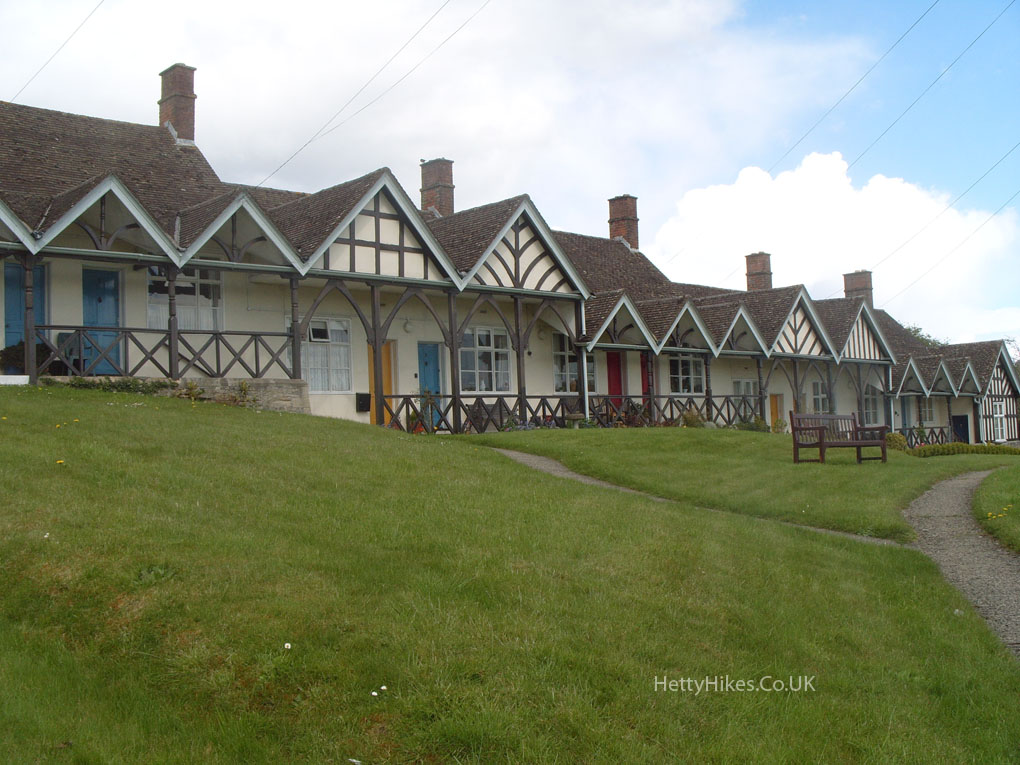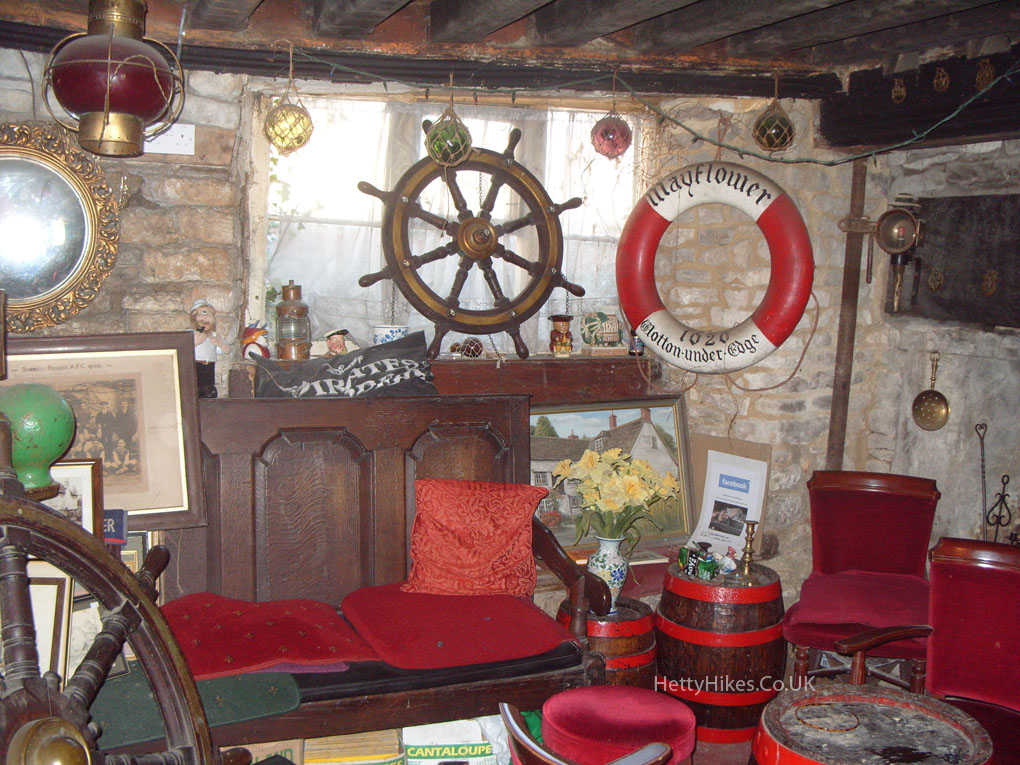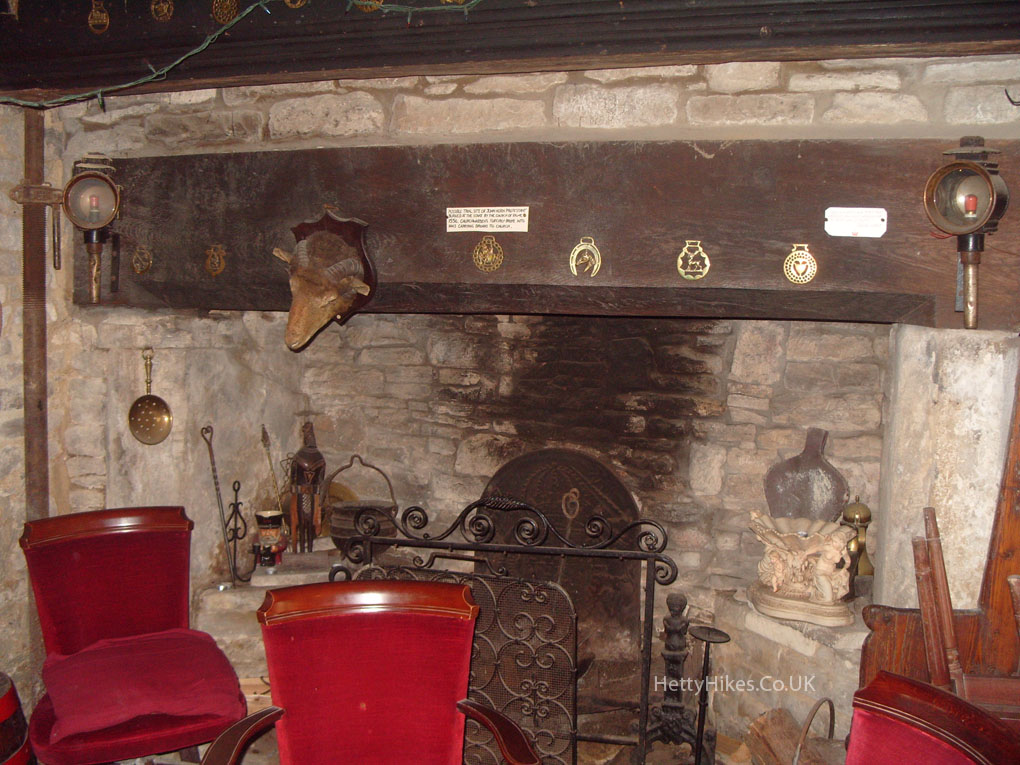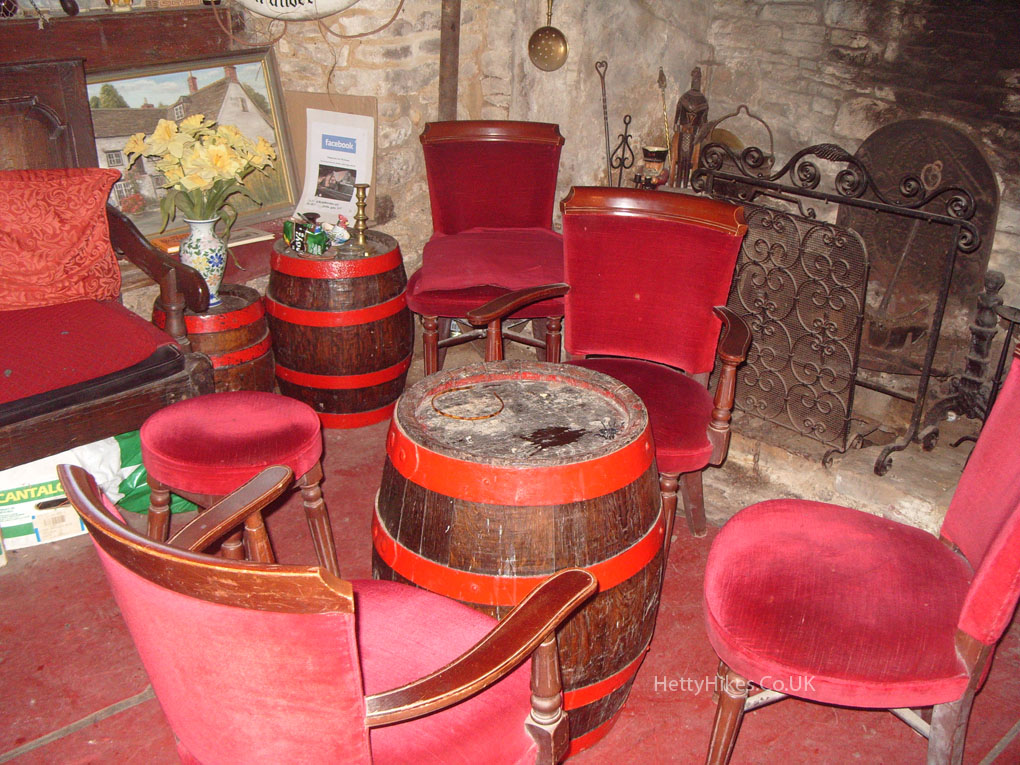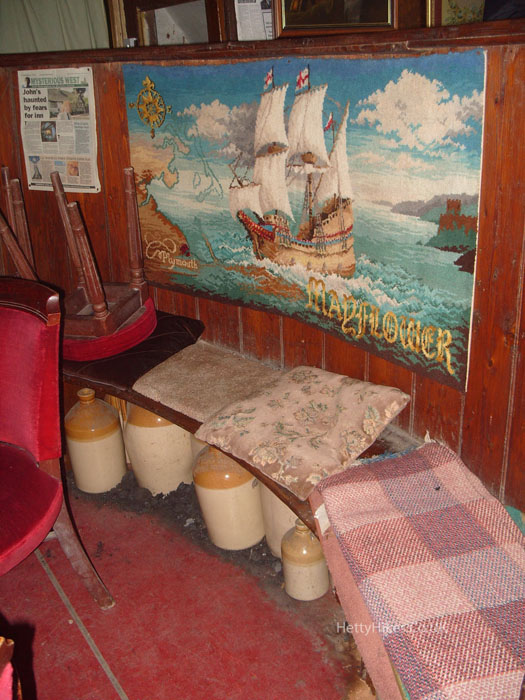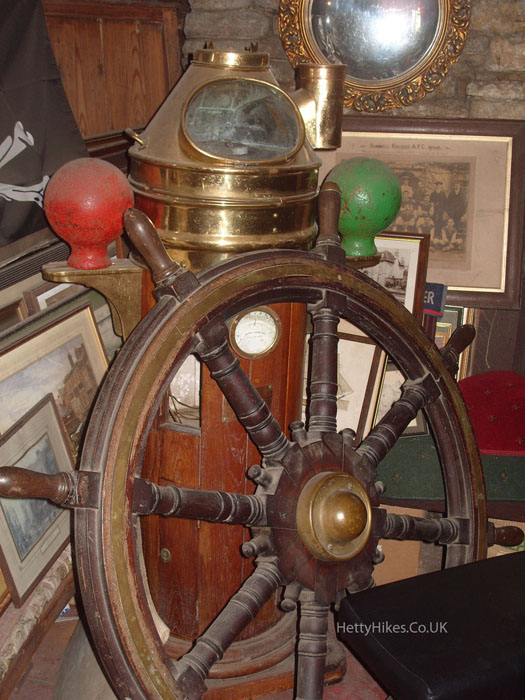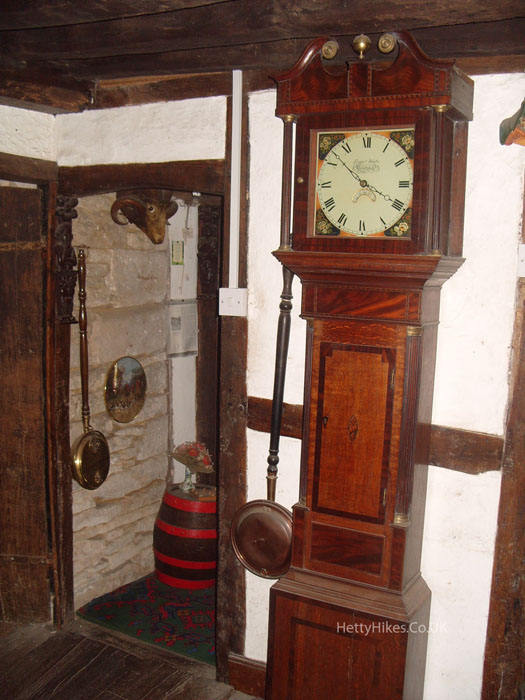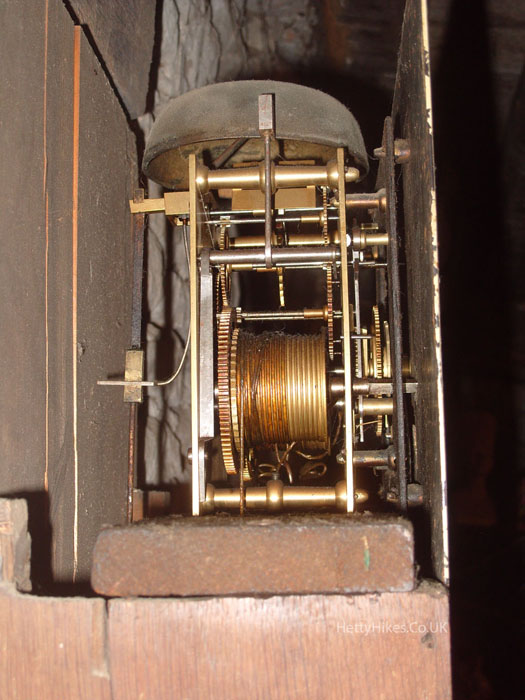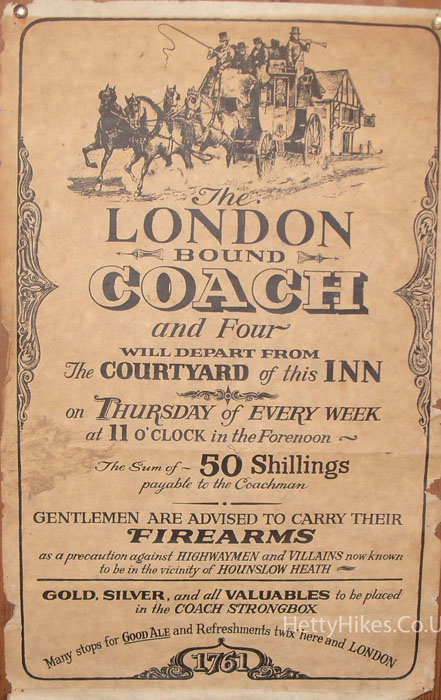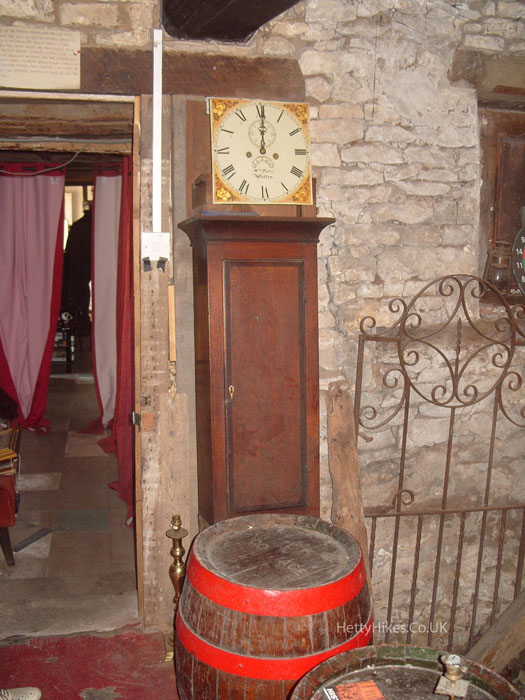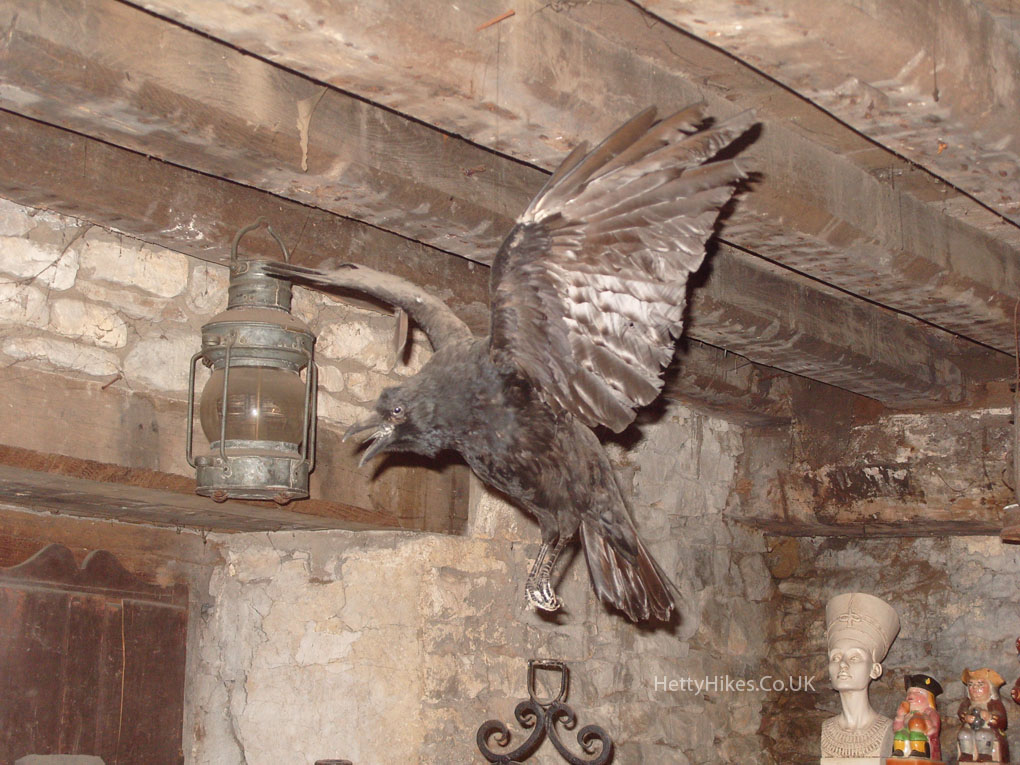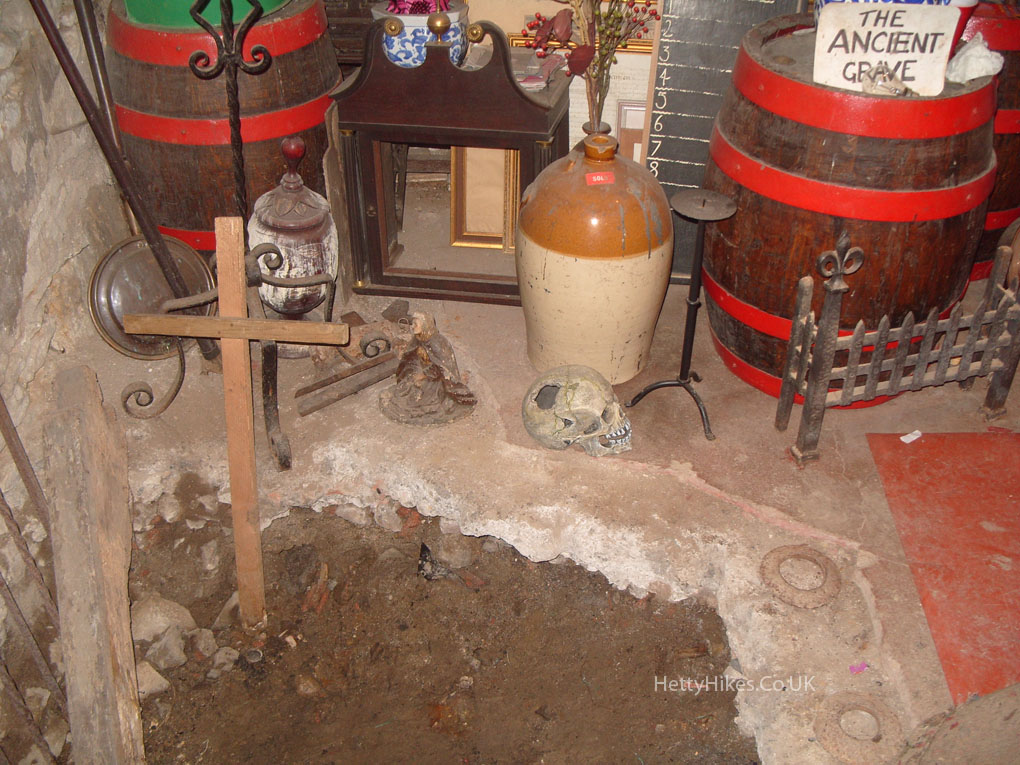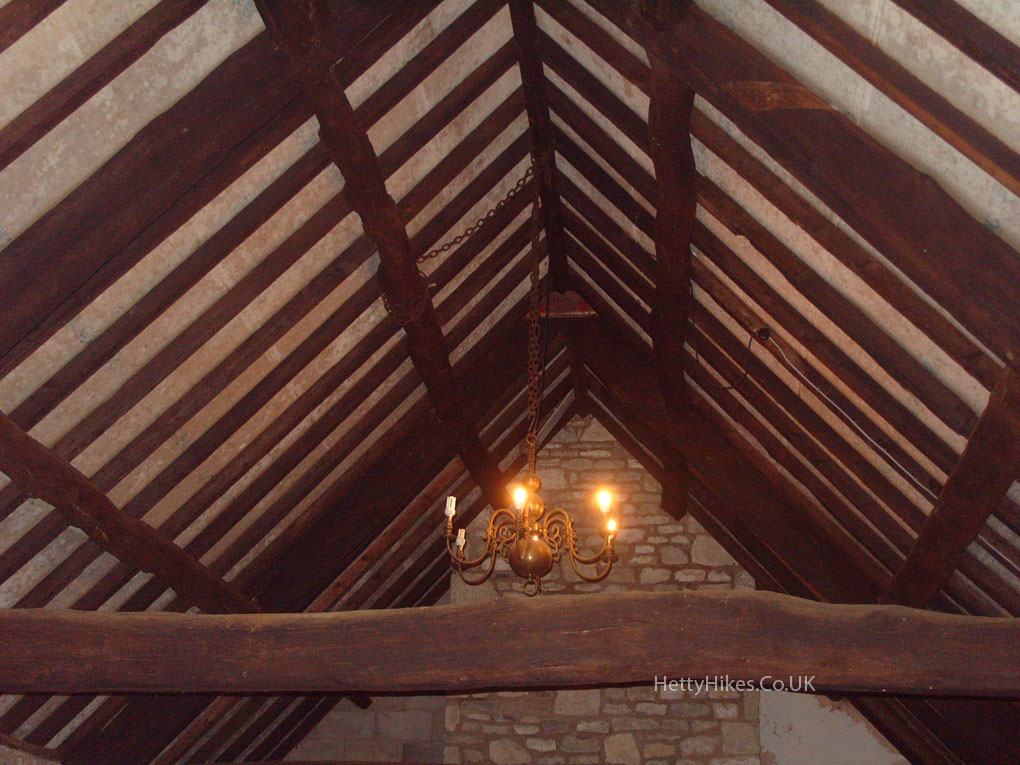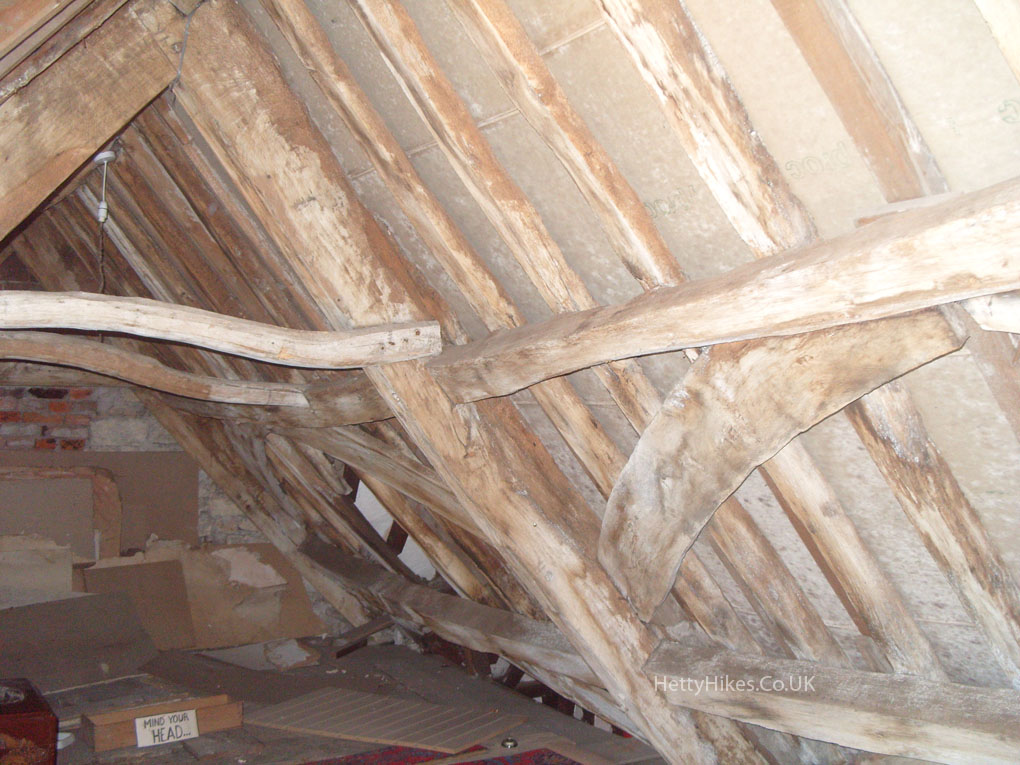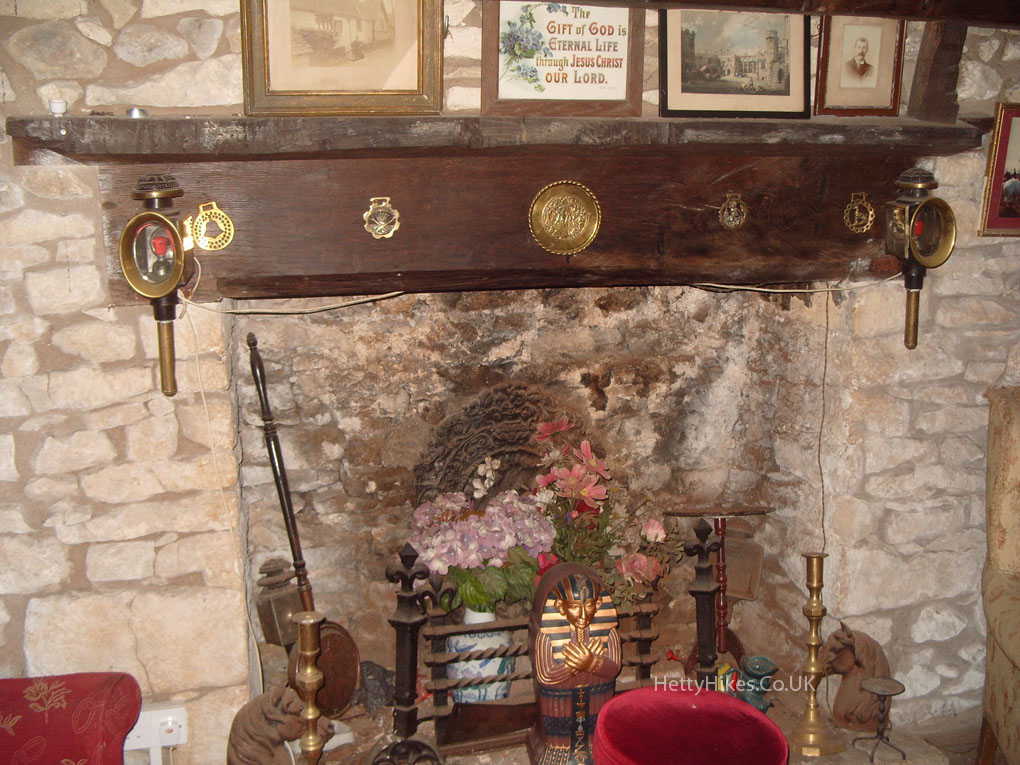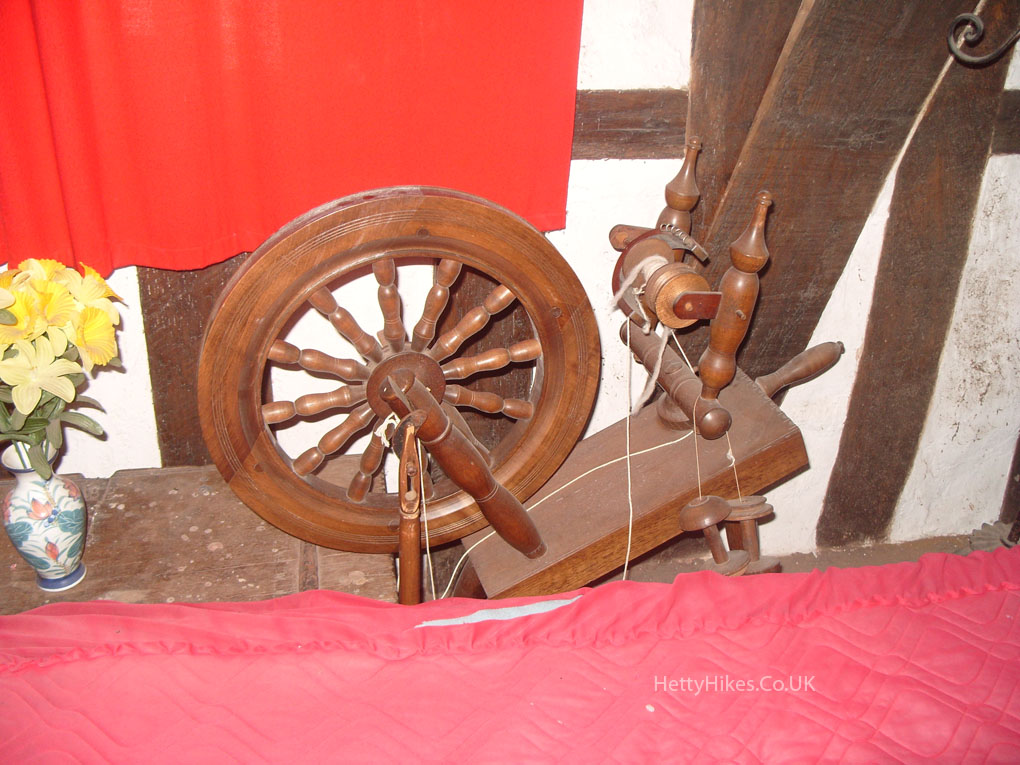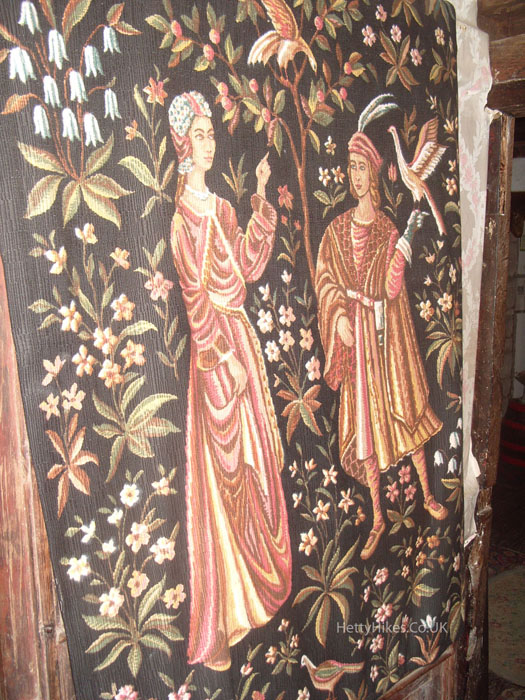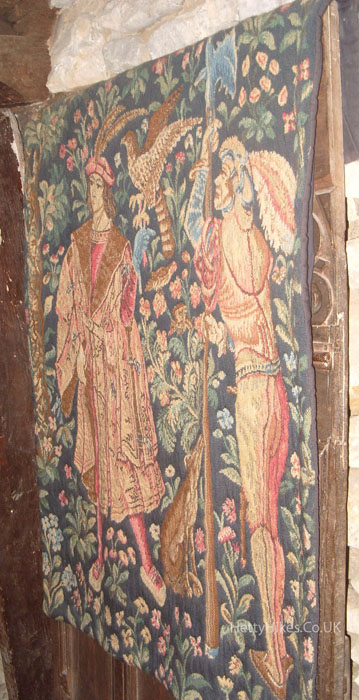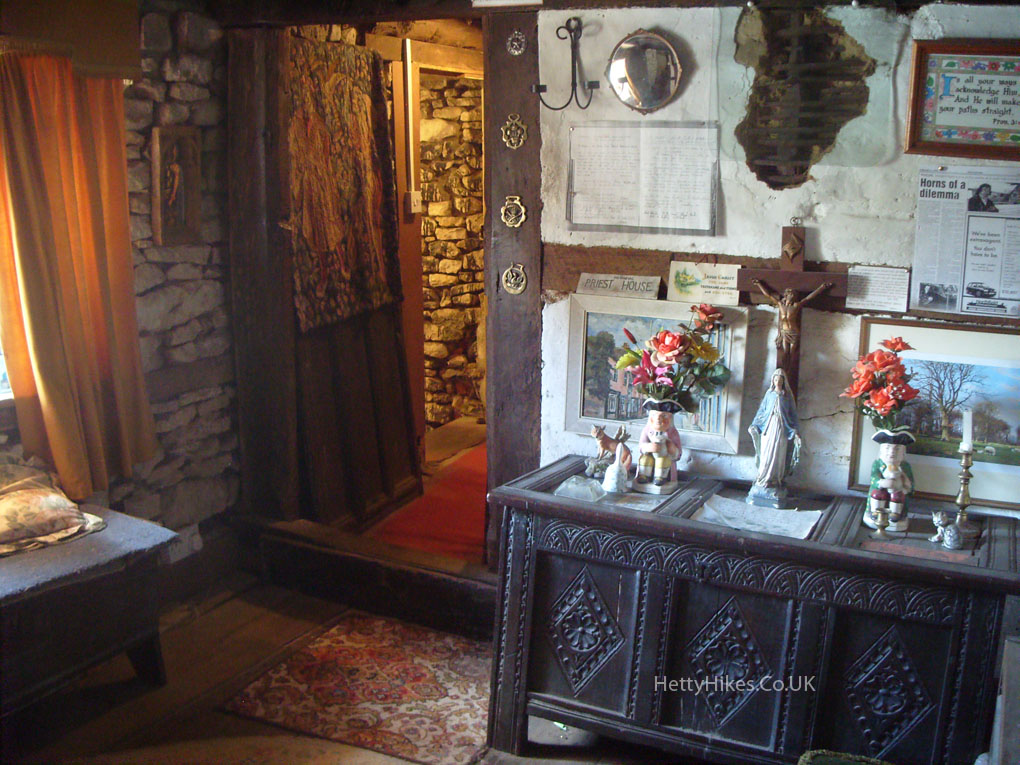Photos by Hetty
9th November 2017
6.3 miles Map of walk
From Wotton-under-Edge, we walked up Coombe Hill
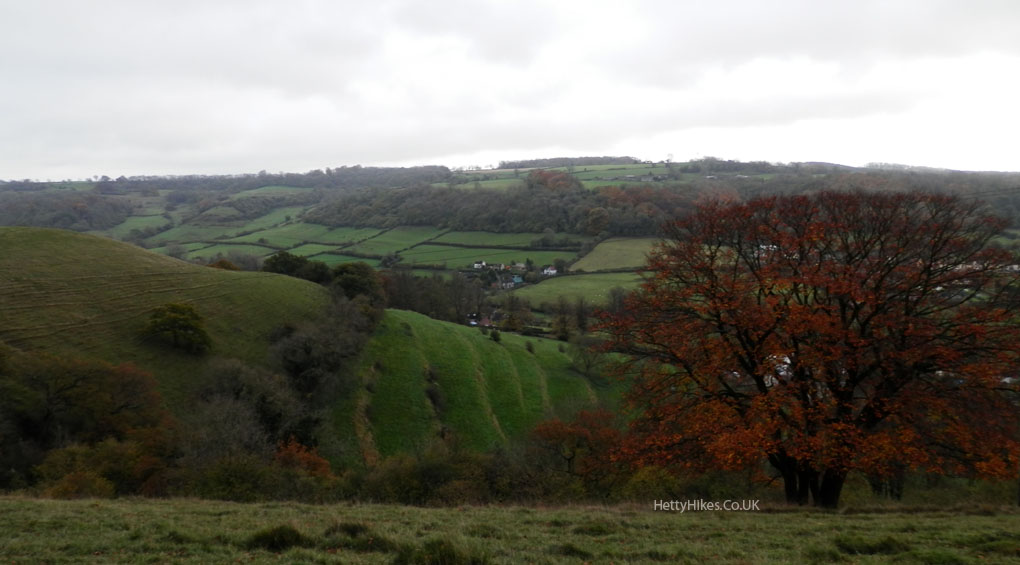 Then up Wotton Hill, where there is a group of trees on top
Then up Wotton Hill, where there is a group of trees on top
There is a panoramic view from here
We could see the Severn bridges
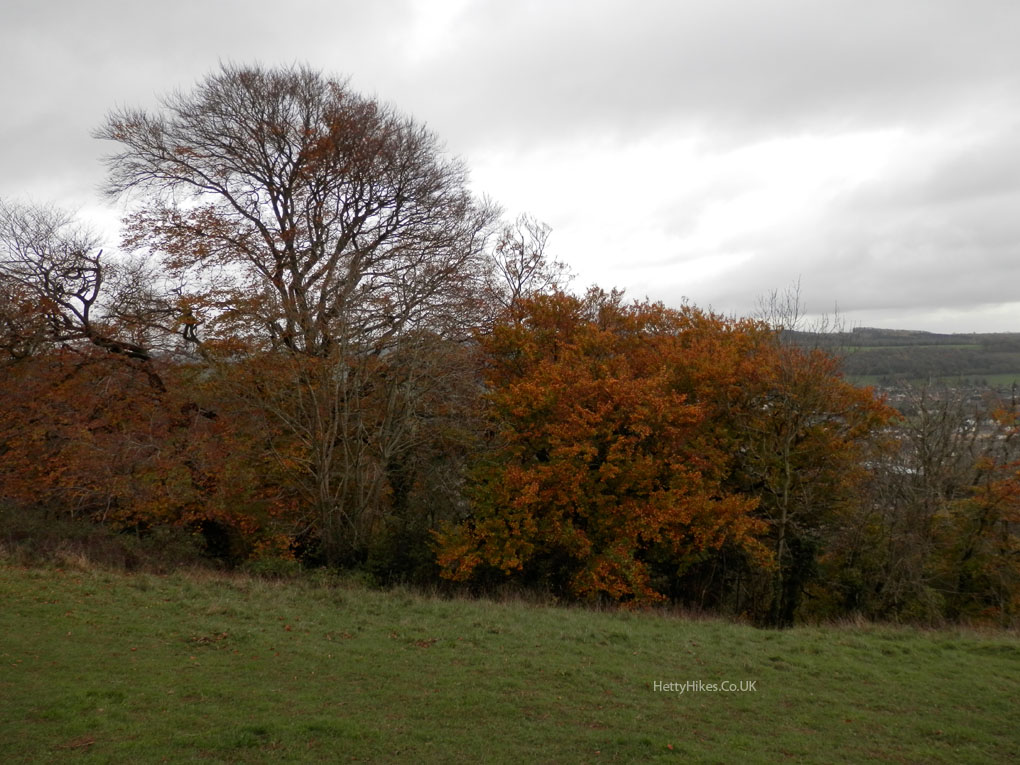 The Red House, former toll house – we were too late to see the red Virginia Creeper
The Red House, former toll house – we were too late to see the red Virginia Creeper
Wotton Hill, where the group of trees are
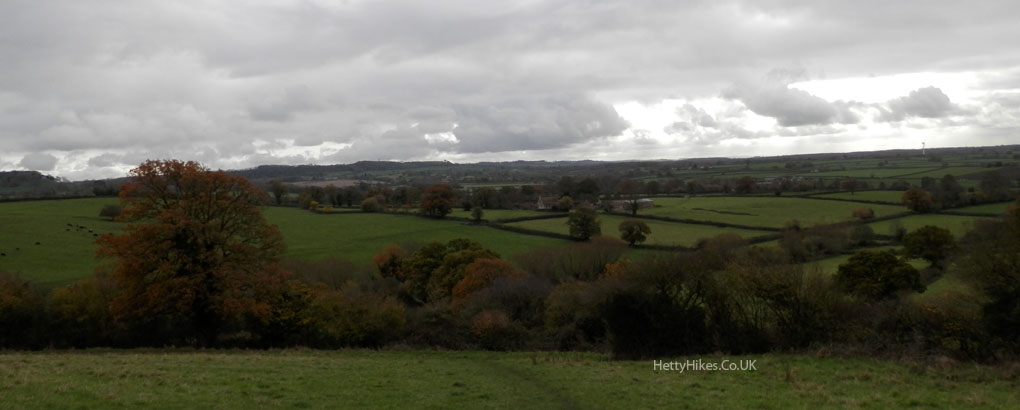 >>>>>>>>>>>>>>>>>>>>>>>>>>>>>>>>>>>>>>>>>>>>>>>>>>>>>>>>
>>>>>>>>>>>>>>>>>>>>>>>>>>>>>>>>>>>>>>>>>>>>>>>>>>>>>>>>
19th May 2017 – a visit with Stroud U3A Church History and Architecture Group.
St Mary The Virgin Church Wotton under Edge
The clock face on the tower measures 6 ft in diameter
Brasses to Lord Thomas IV, 1417 and Lady Berkeley, 1392, with a dog at her feet
More photos of the church are lower down this page
Next we went to Oldbury on Severn Church
>>>>>>>>>>>>>>>>>>>>>>>>>>>>>>>>>>>>>>>>>>>>>>>>>>>>>>
26th April 2016
A visit with the Stroud U3A photography group (and a few photos from before)
The Saxon village (mentioned in 940) was near the church, but was destroyed by fire in the early 14th century. Part of the town was planned by Jone, Lady Berkeley in the 13th century along High St and Long St. There are 3 sets of almshouses in the town and there used to be 10 mills
Market St
Inside the Electric Picture House, which opened in 1913 in a former old pub, now a modern cinema
The Star Inn has 16th century origins. The cobbled area was part of the market place
Opposite the Star is the Town Hall, built as a market house in 1698-1700, which was open on the ground floor until 1872
The Swan, 17th century coaching inn (May 2010)
16th century or earlier, former shop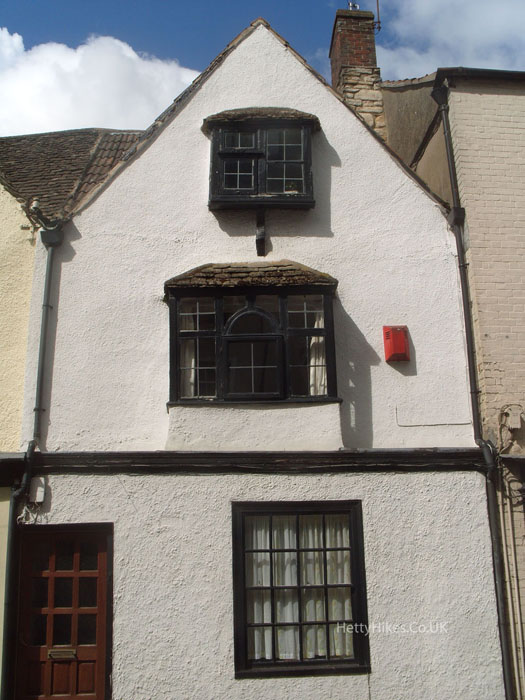
The Tolsey – where market tolls were collected, has an 18th century brick front on a 16th century jettied building.
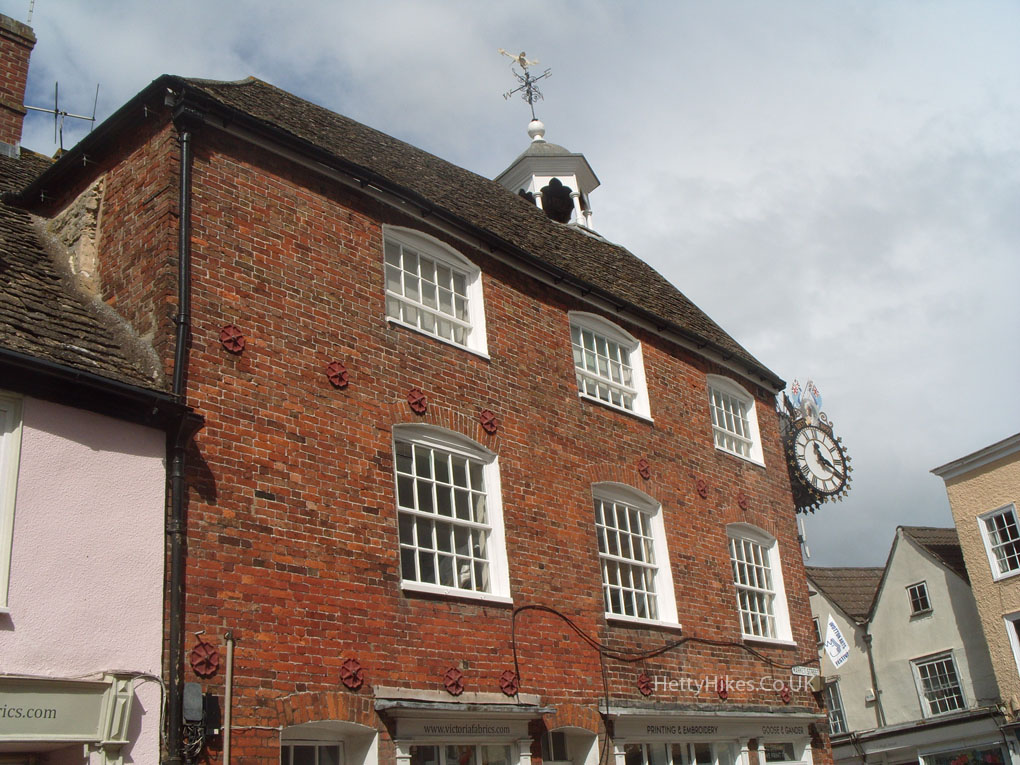 Bell tower with 19th century dragon weather vane, and Jubilee Clock of 1897,
Bell tower with 19th century dragon weather vane, and Jubilee Clock of 1897,
it has 19th century shop fronts and an old door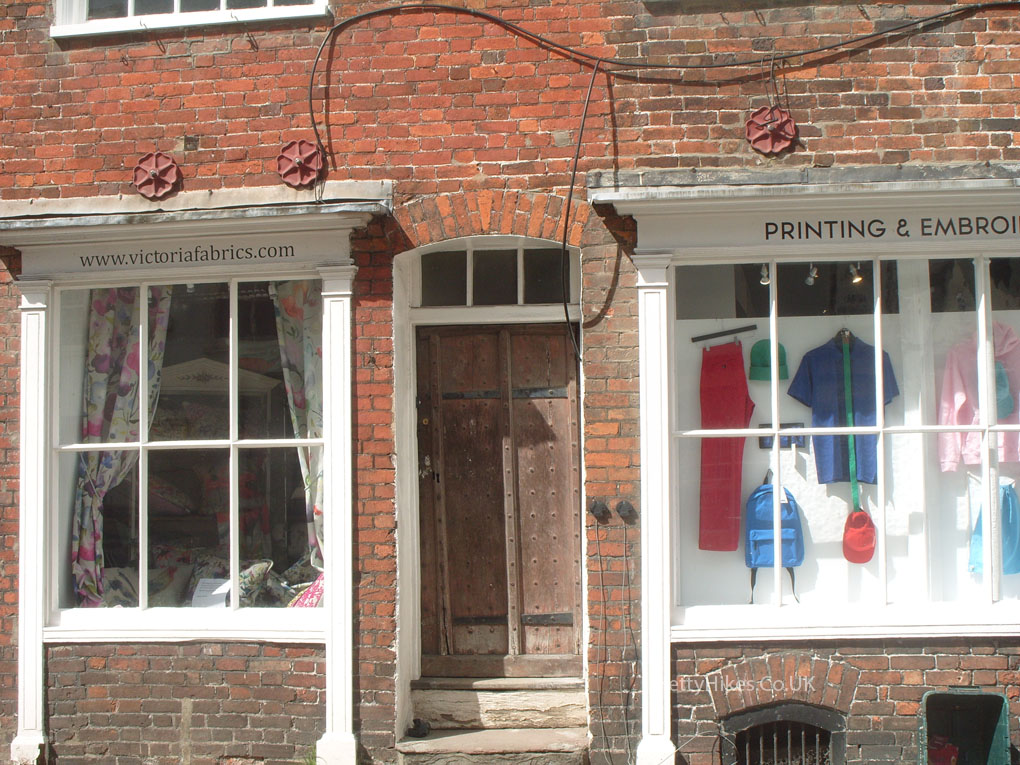
Long Street
The Rope Walk, where rope was made
17th century Berkeley House. One room, decorated in 1740-60 Chinese wallpaper, was sold to the V&A Museum in London in 1924
18th century Lloyds Bank used to be an inn – the large doors on the left were for stage coaches
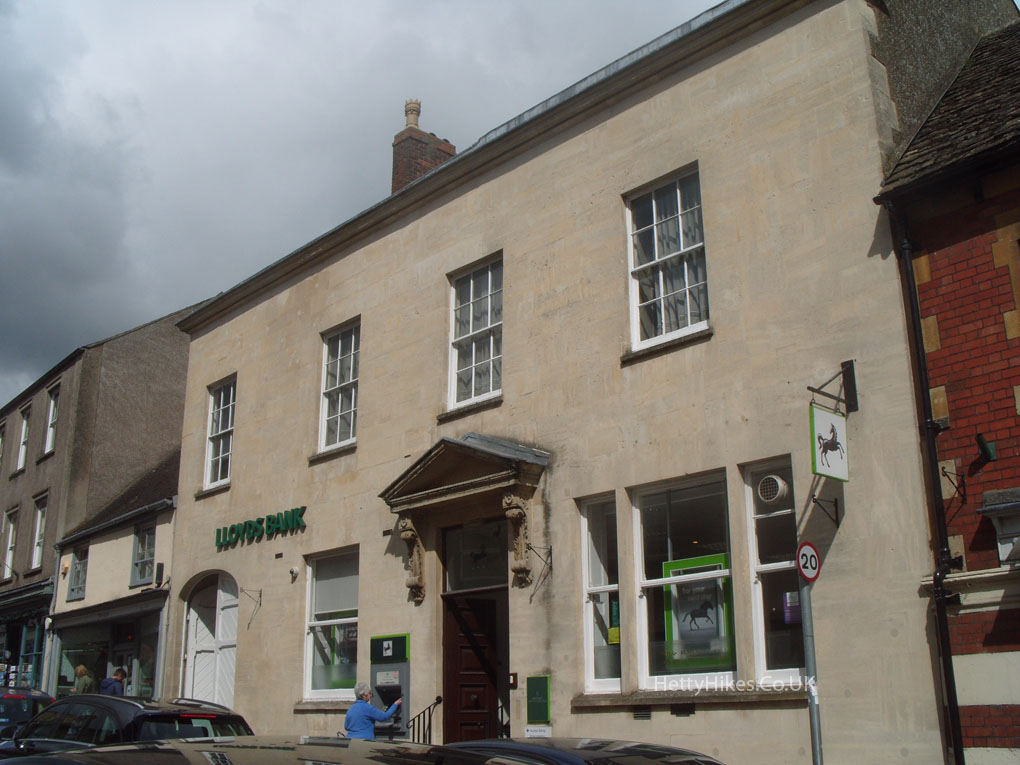 Next door is a 19th century brick building
Next door is a 19th century brick building
A Tudor door
The kettle is a tinsmith’s sign, originally over an ironmongers
Church St
Perry and Dawes Almshouses (photos Mar 2014) – built by bequest of
- Hugh Perry – born in Wotton, Sheriff of London in 1632
- Tomas Dawes 1723
17th century chapel
Potters Pond (but no pond remains)
The Ram Inn’s deeds start in 1350, and stone masons who built the church may have stayed here. This building is probably 16th century, and has a barn attached
17th century Moore Hall
This church was consecrated in 1283, (although there was an older one) and the tower is 14th century.
South porch with 18th century sundial
Handel played this organ when it was in London. It was bought in 1799 and restored in 1883
18th and 19th century memorials
Culverhay – near where the pigeon (culver) house used to be
1837 Alms Houses endowed by Ann Bearpacker – one row for men and the other for women
The Bluecoat School was here from 1714 to 1974
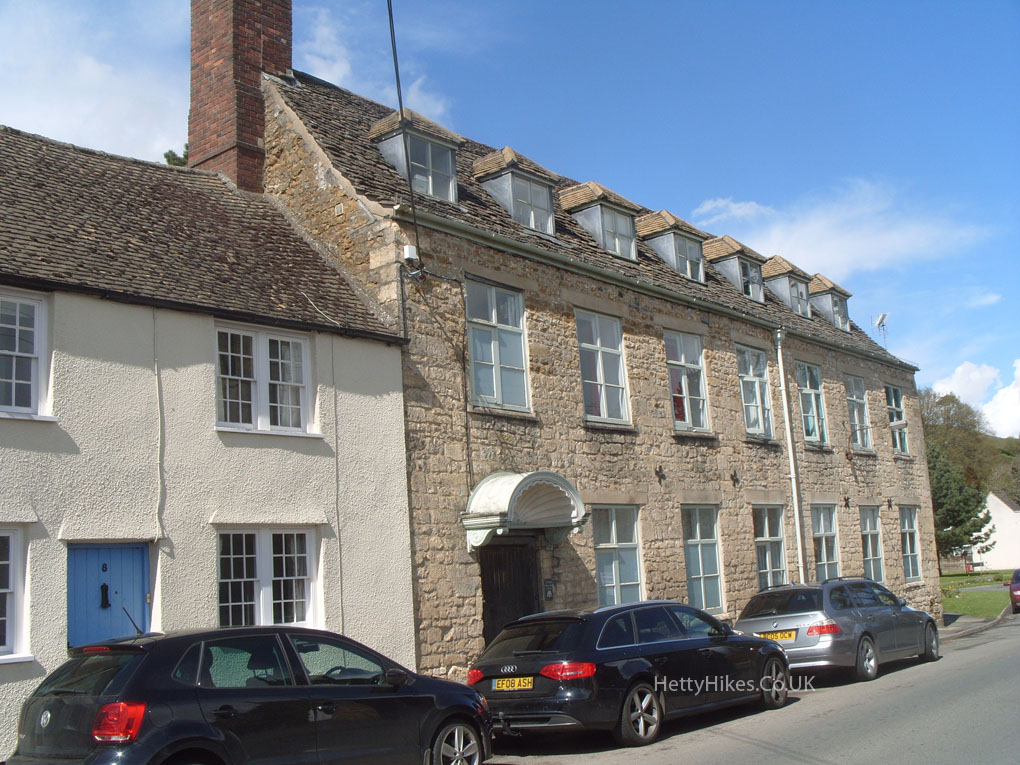 The Court was once the vicarage and has a Palladium façade
The Court was once the vicarage and has a Palladium façade
This former chapel is now auction rooms. It was re-built 1851-2 and replaced the chapel of Rev Rowland Hill, who was a friend of Edward Jenner
The Manse behind the chapel is 18th century
1887 Rowland Almshouses
We went inside a very old building that is supposed to be haunted:
We did not see any ghosts!

